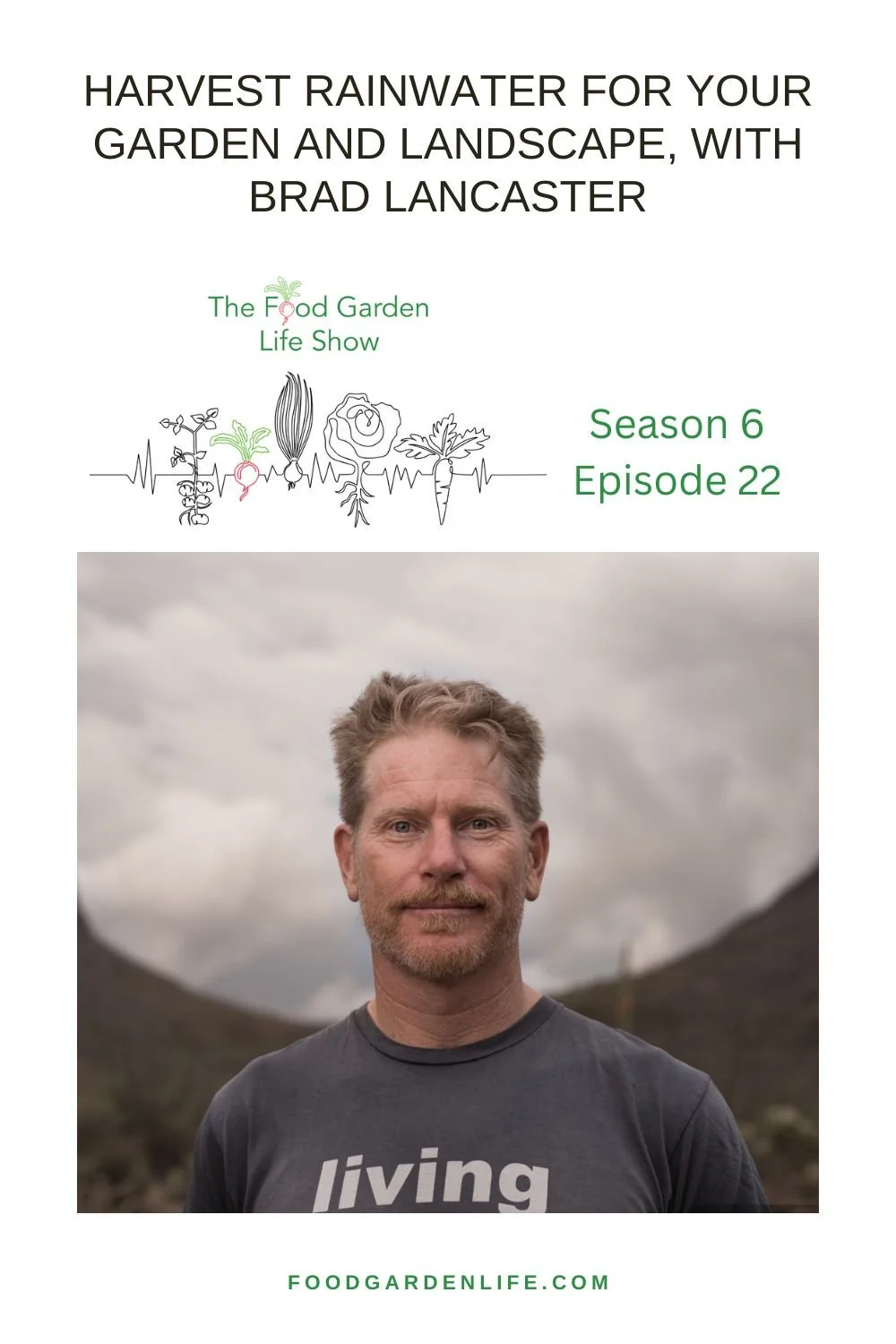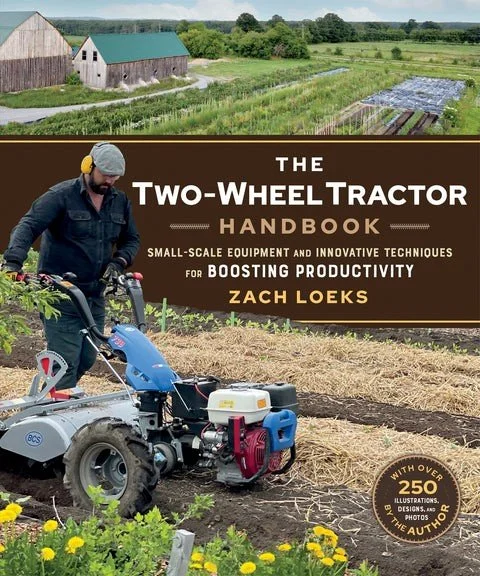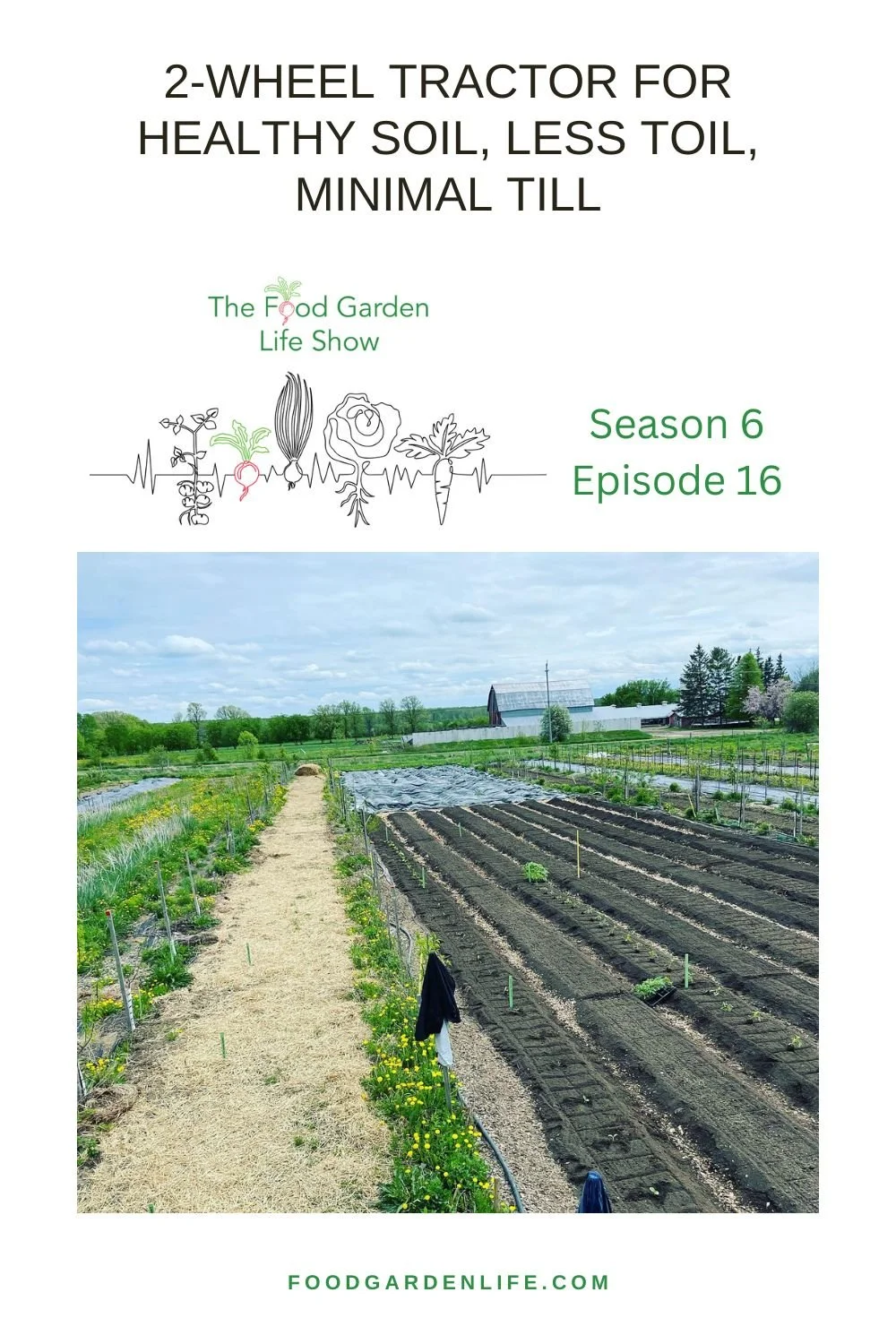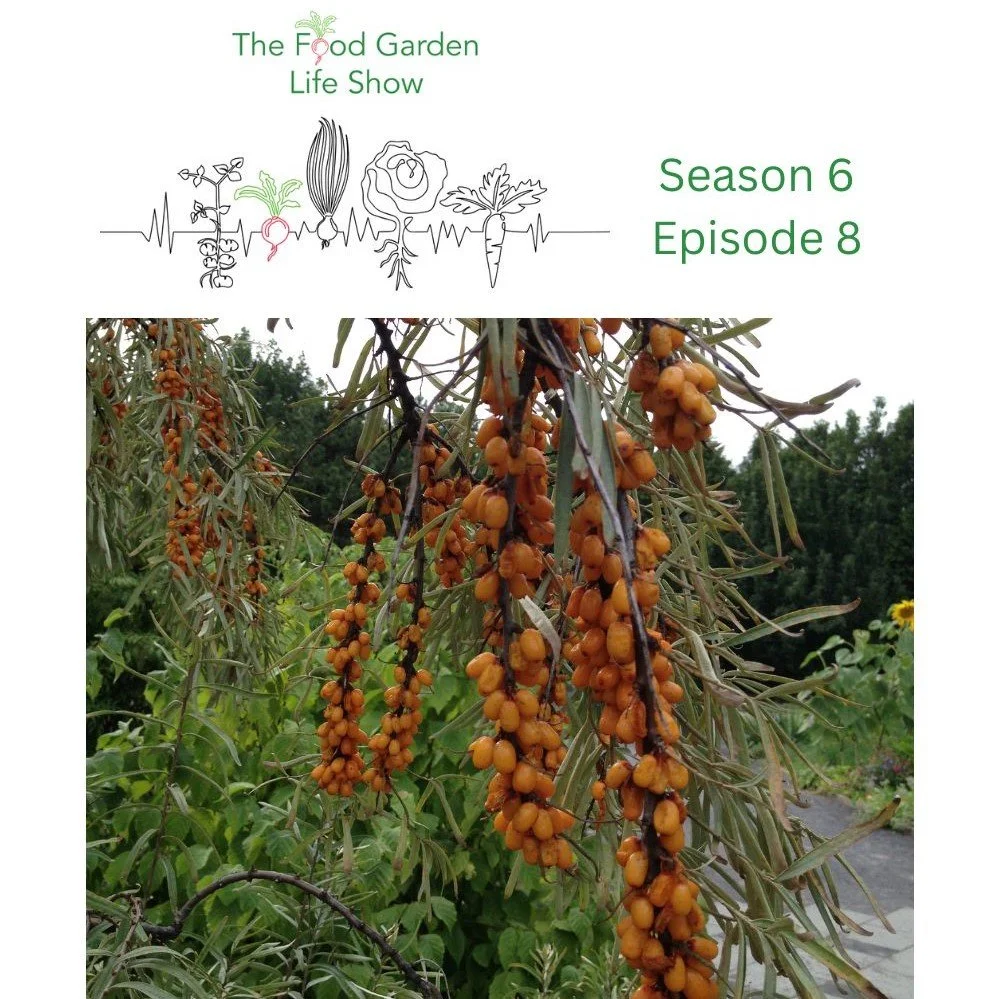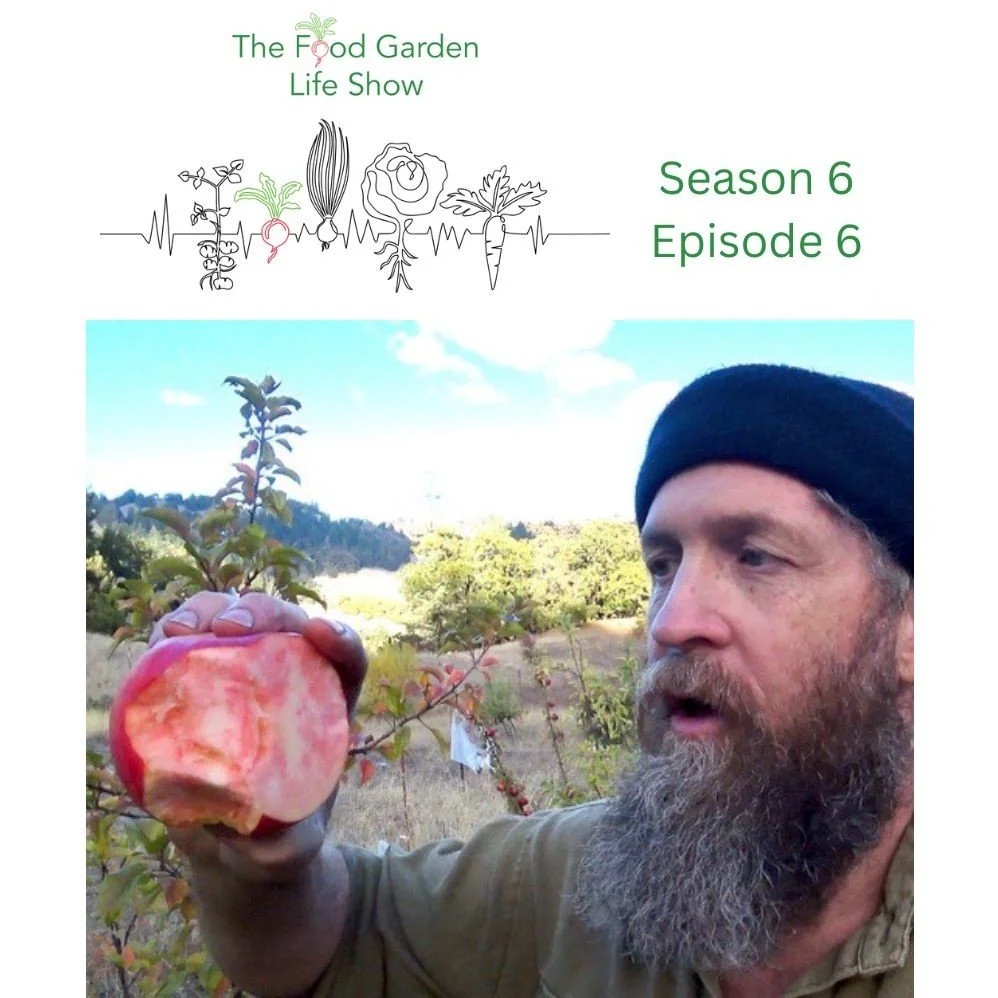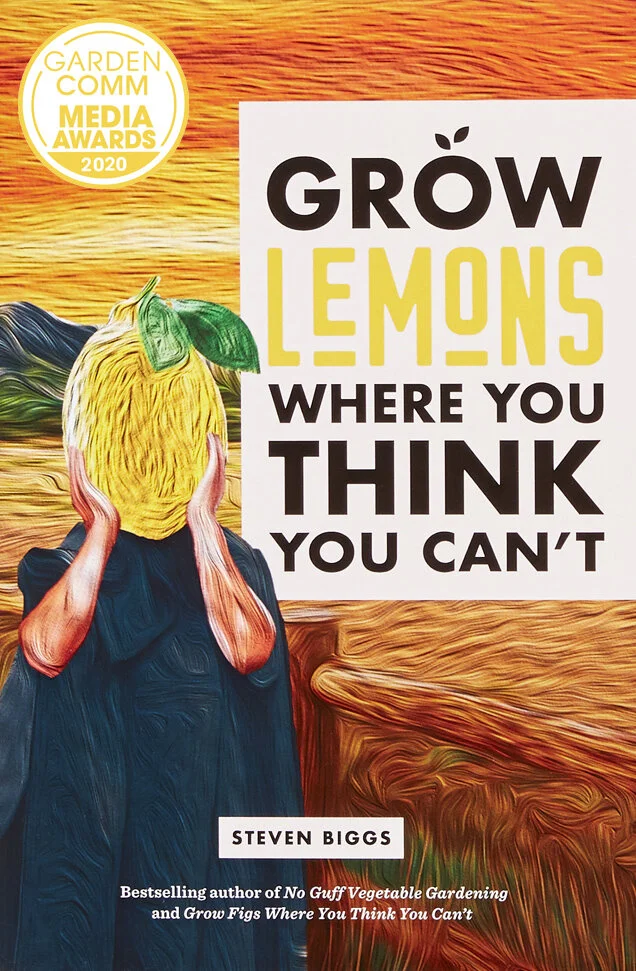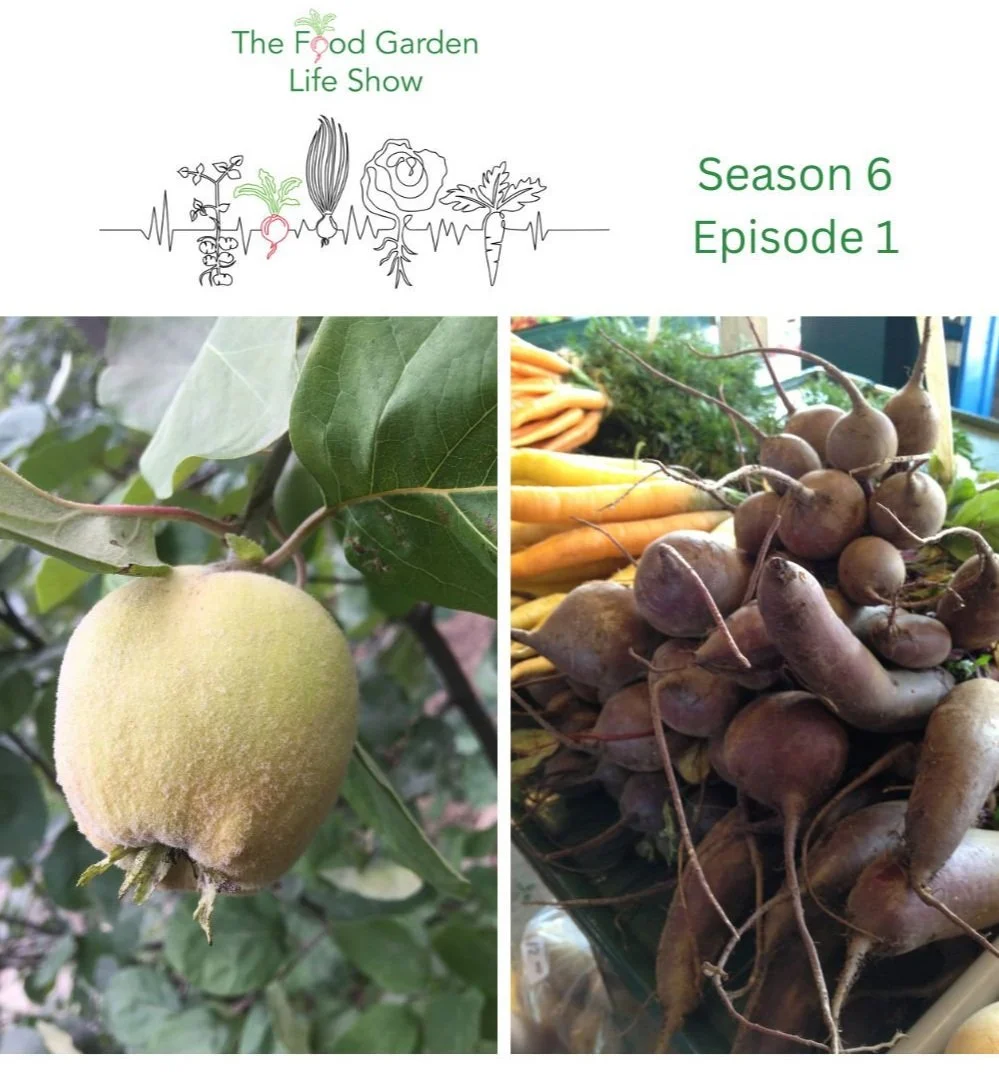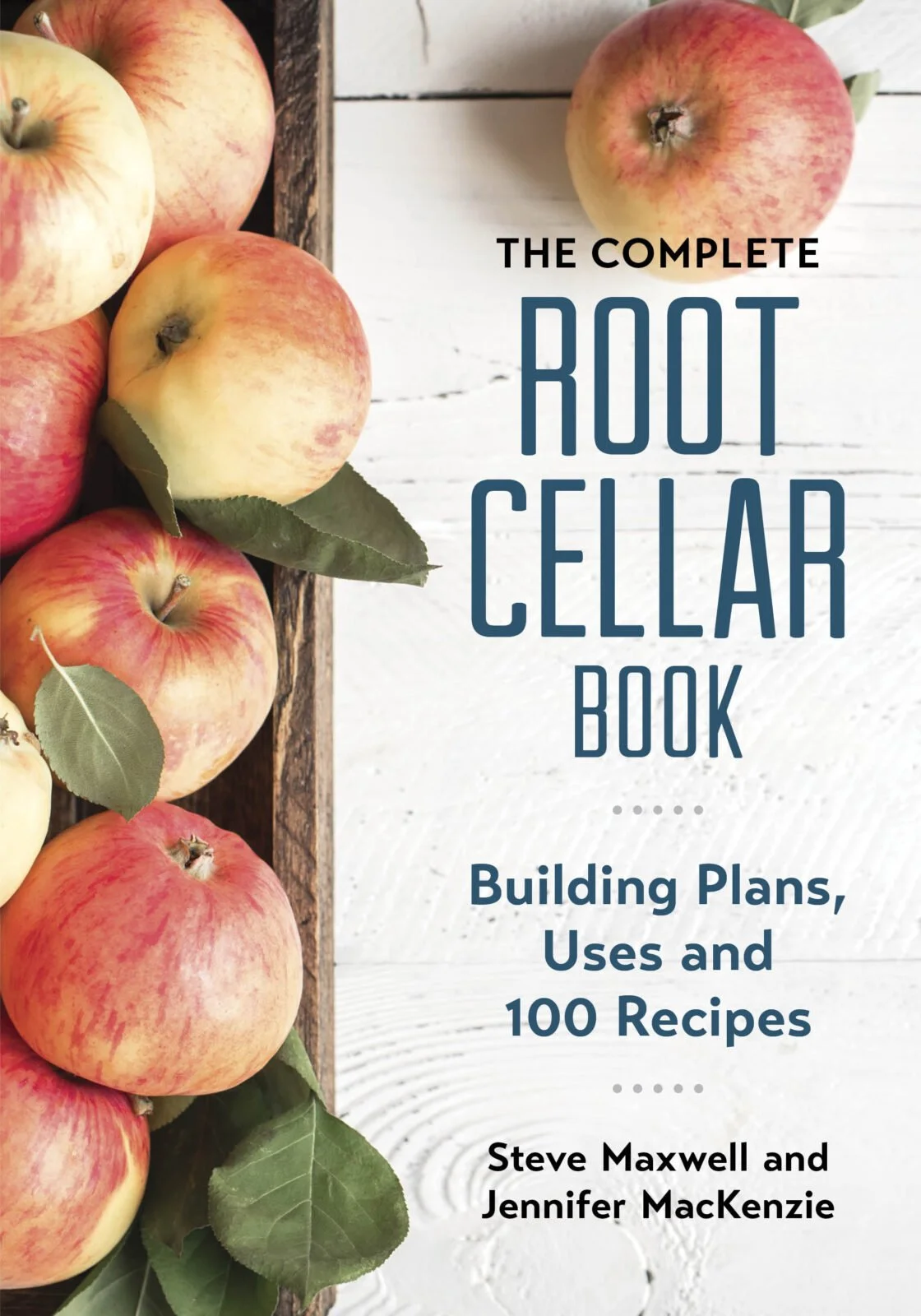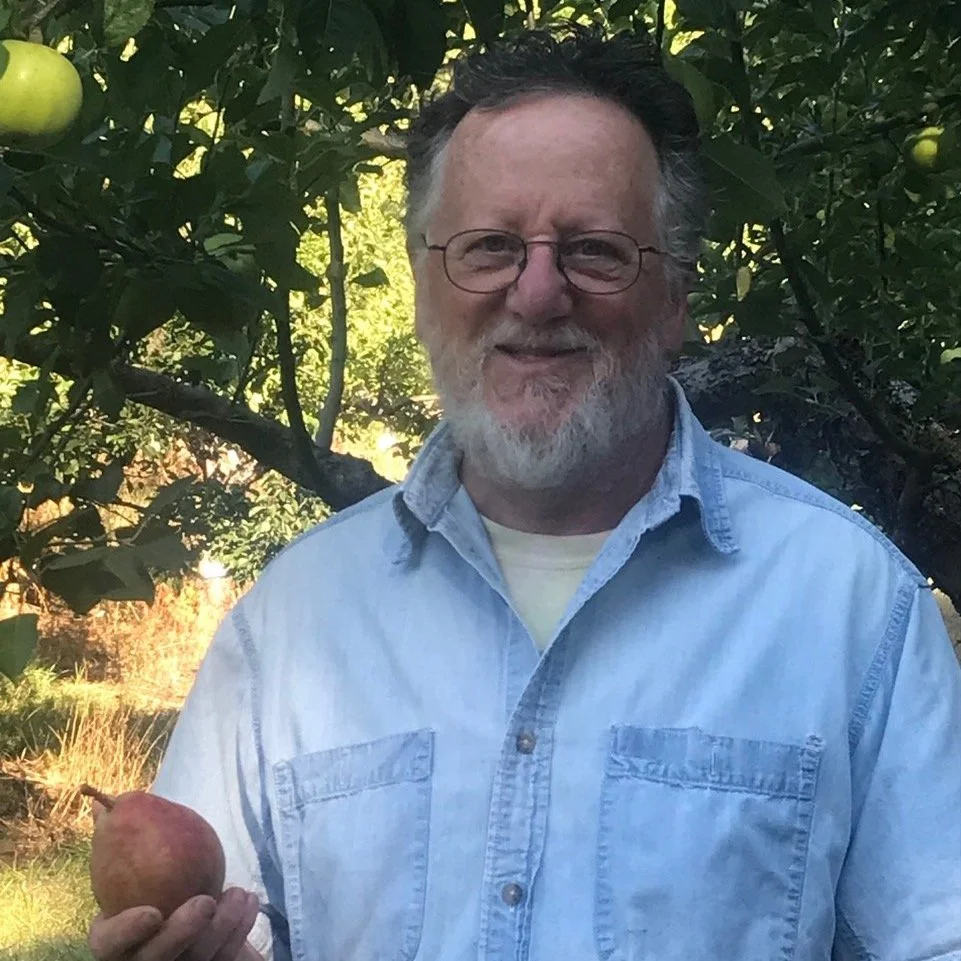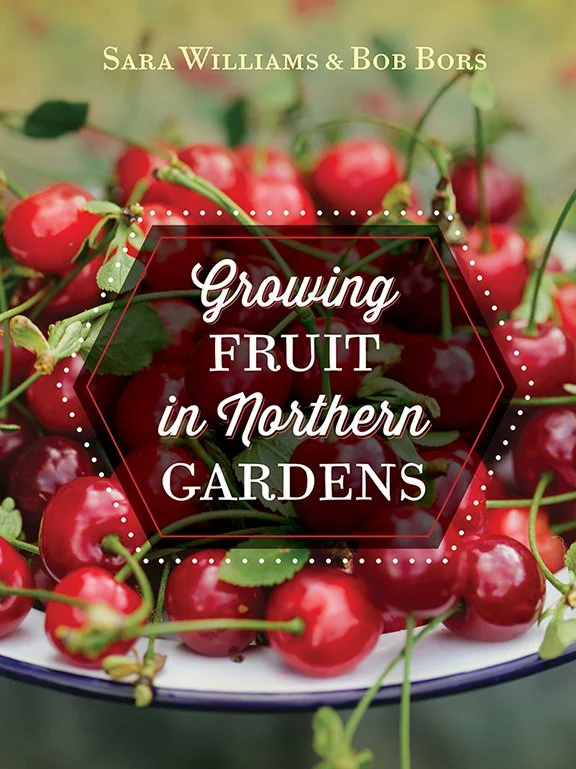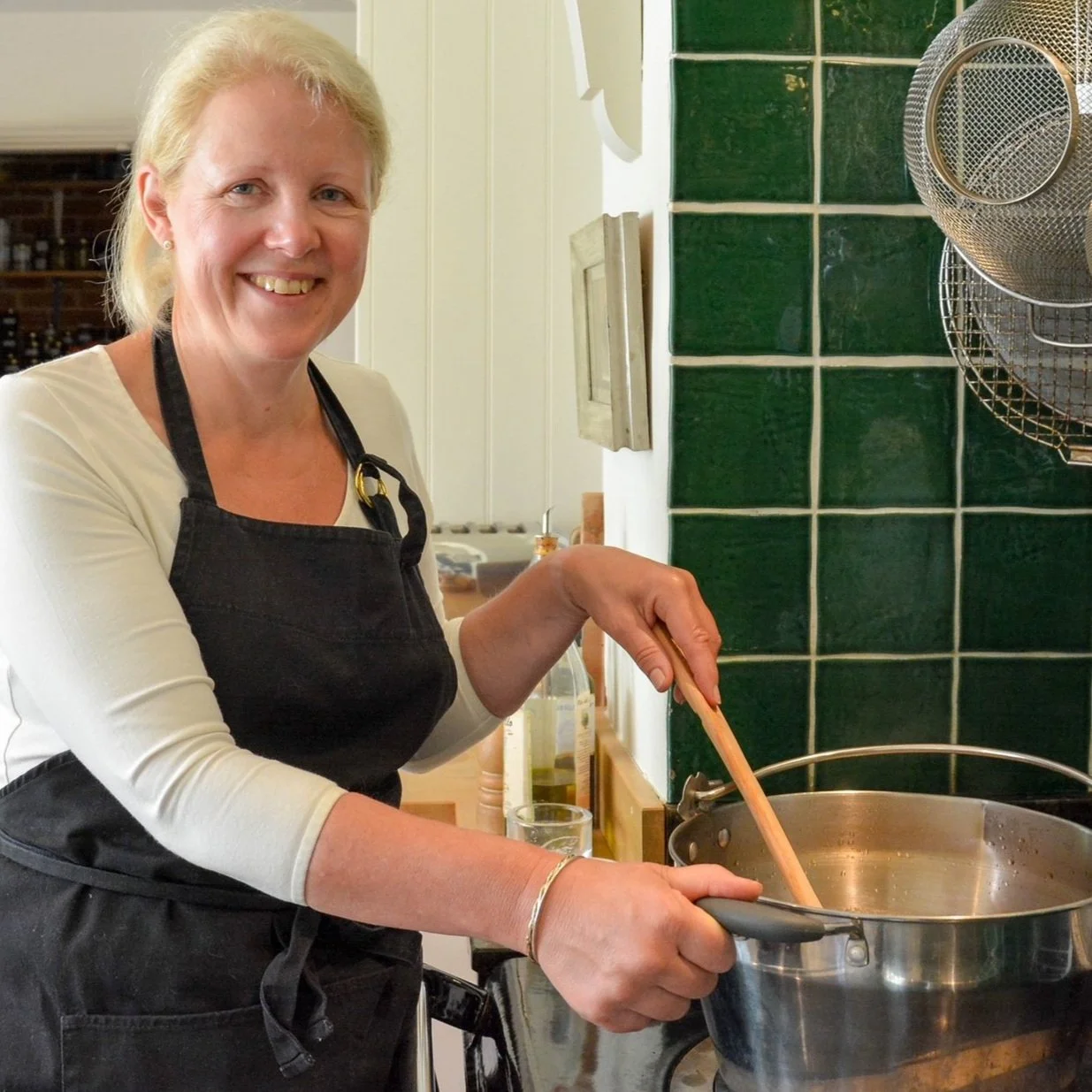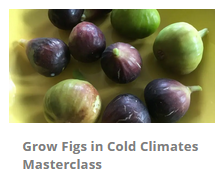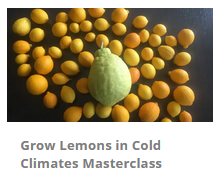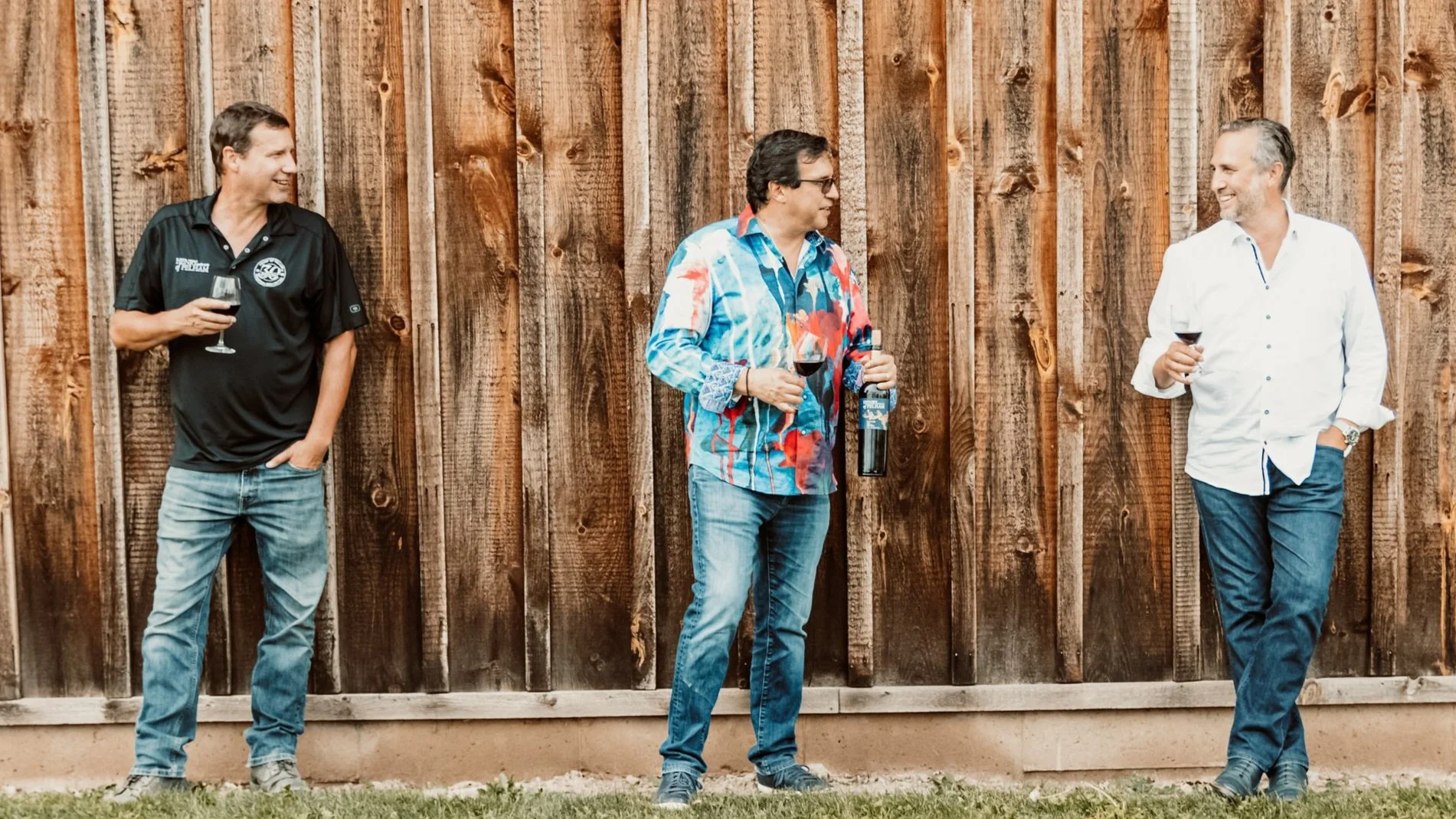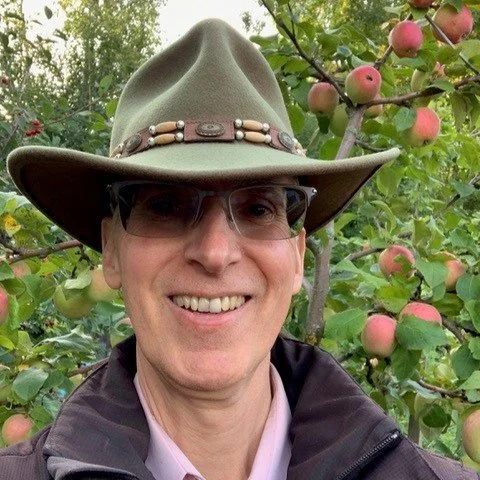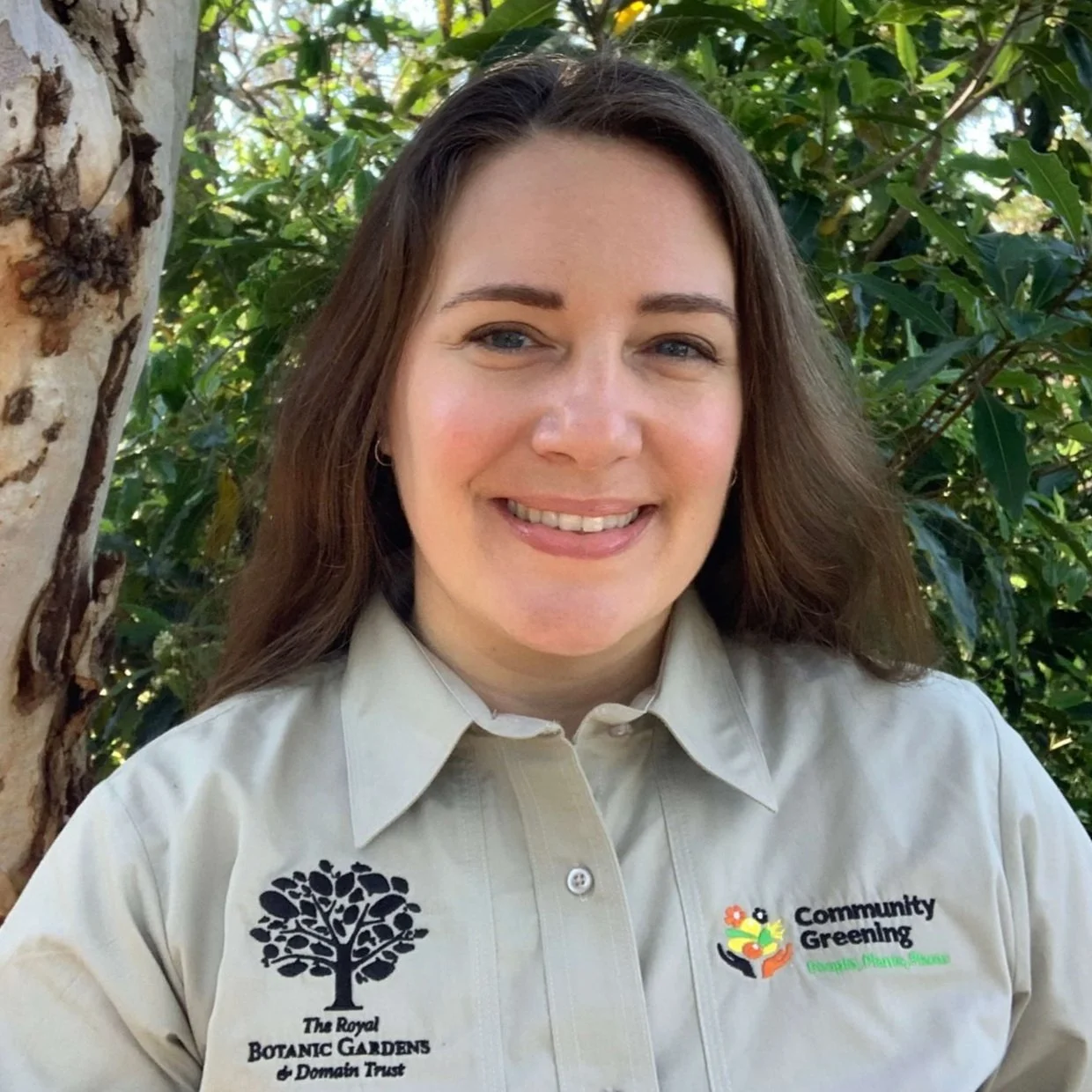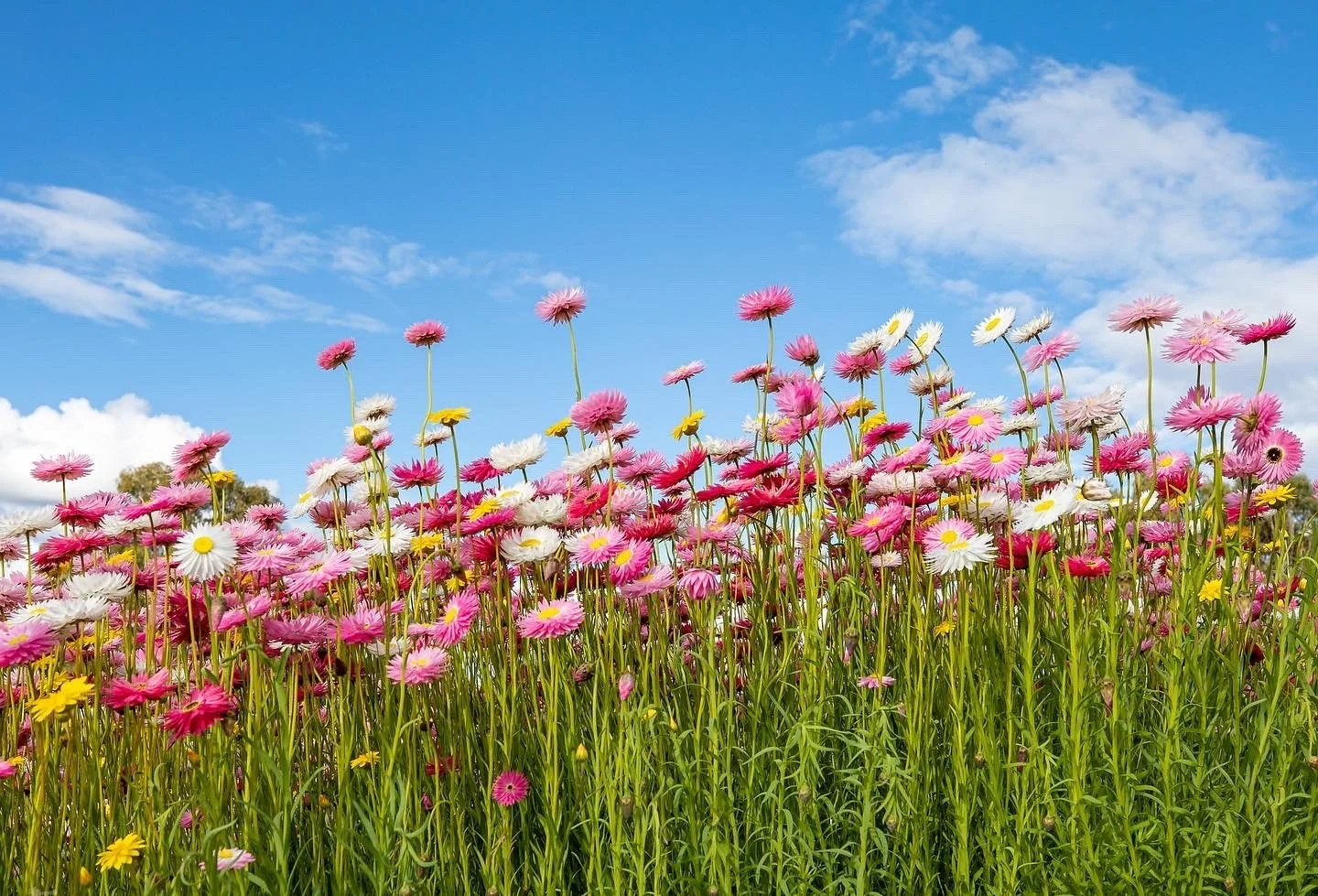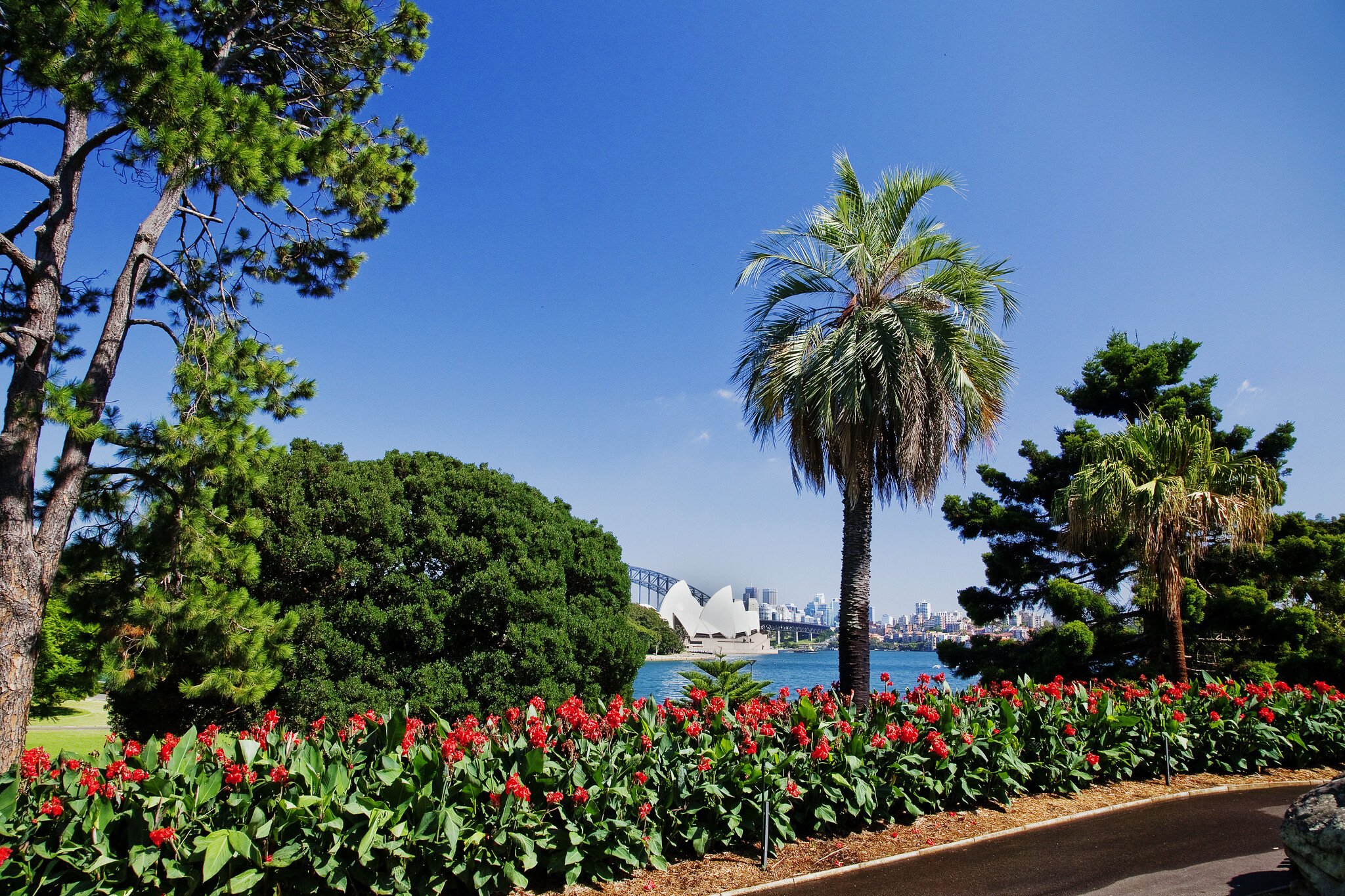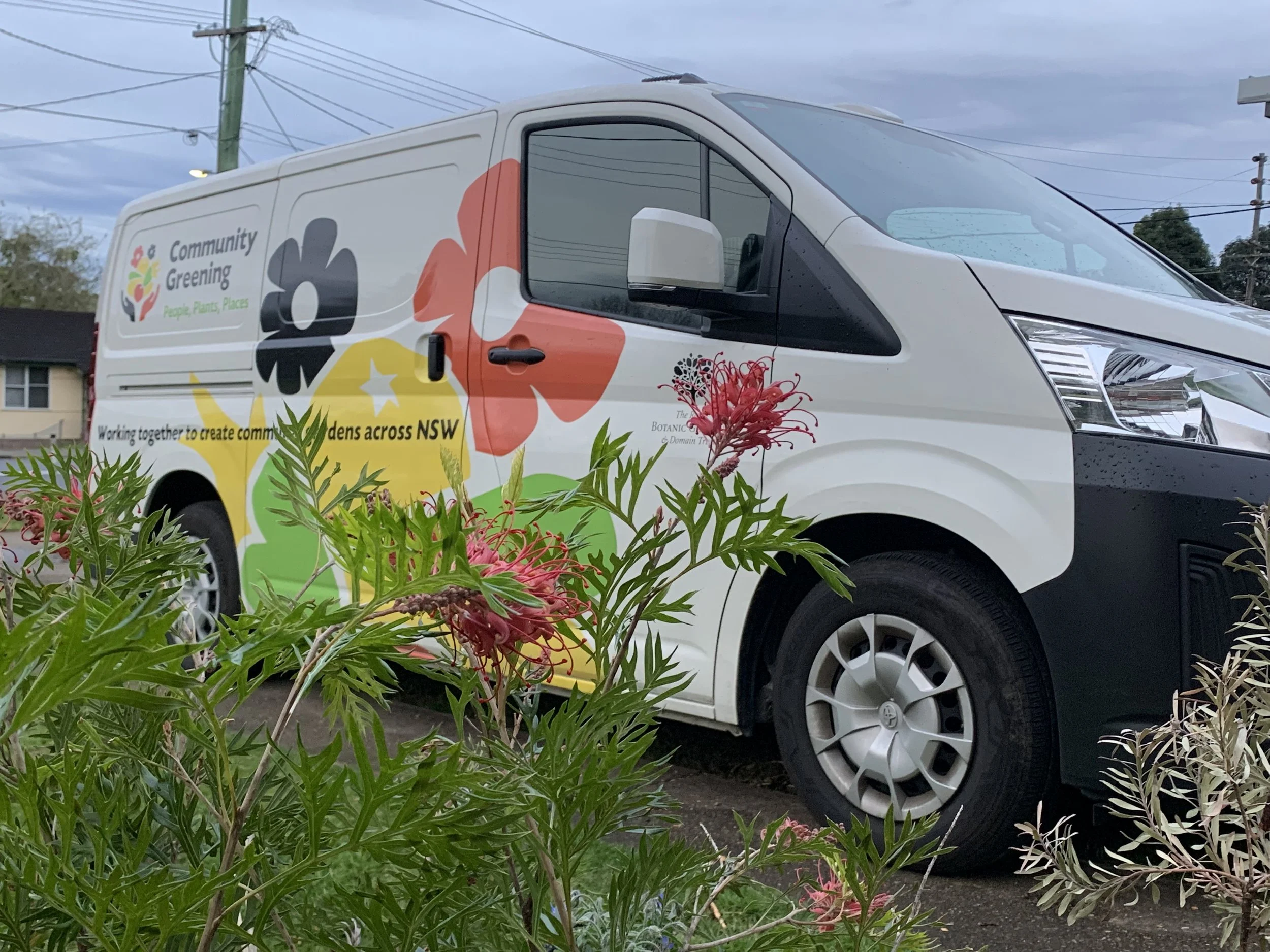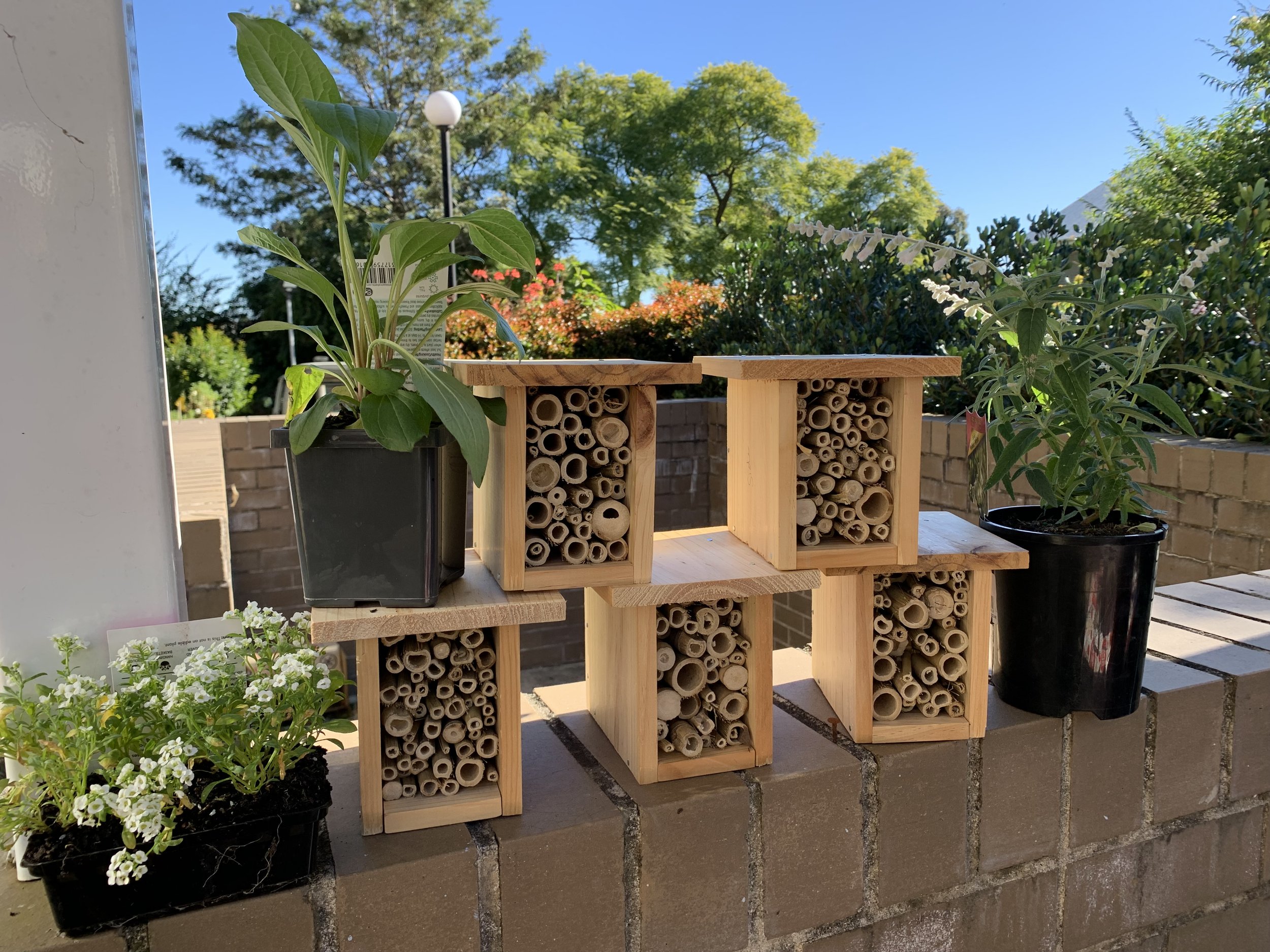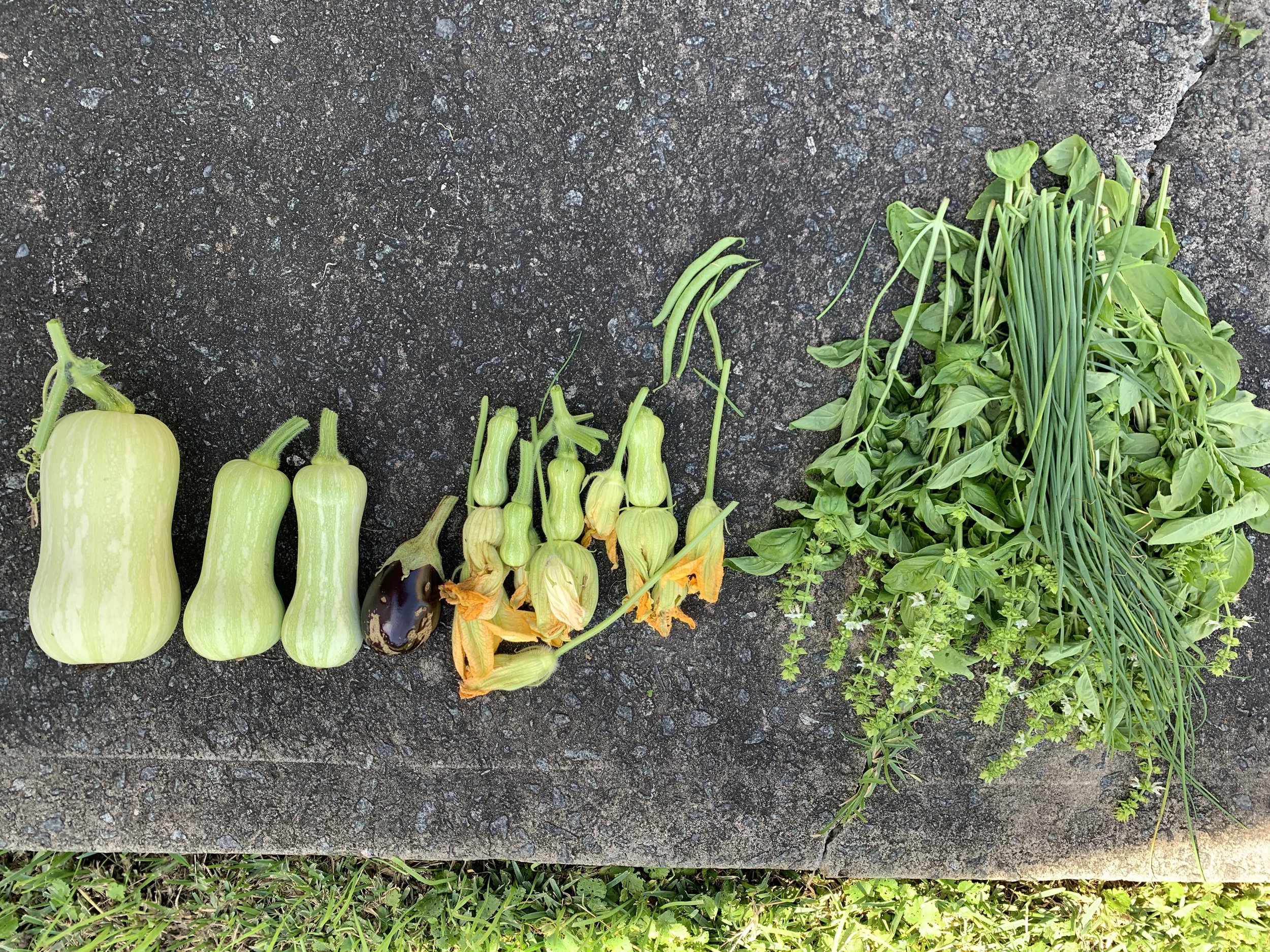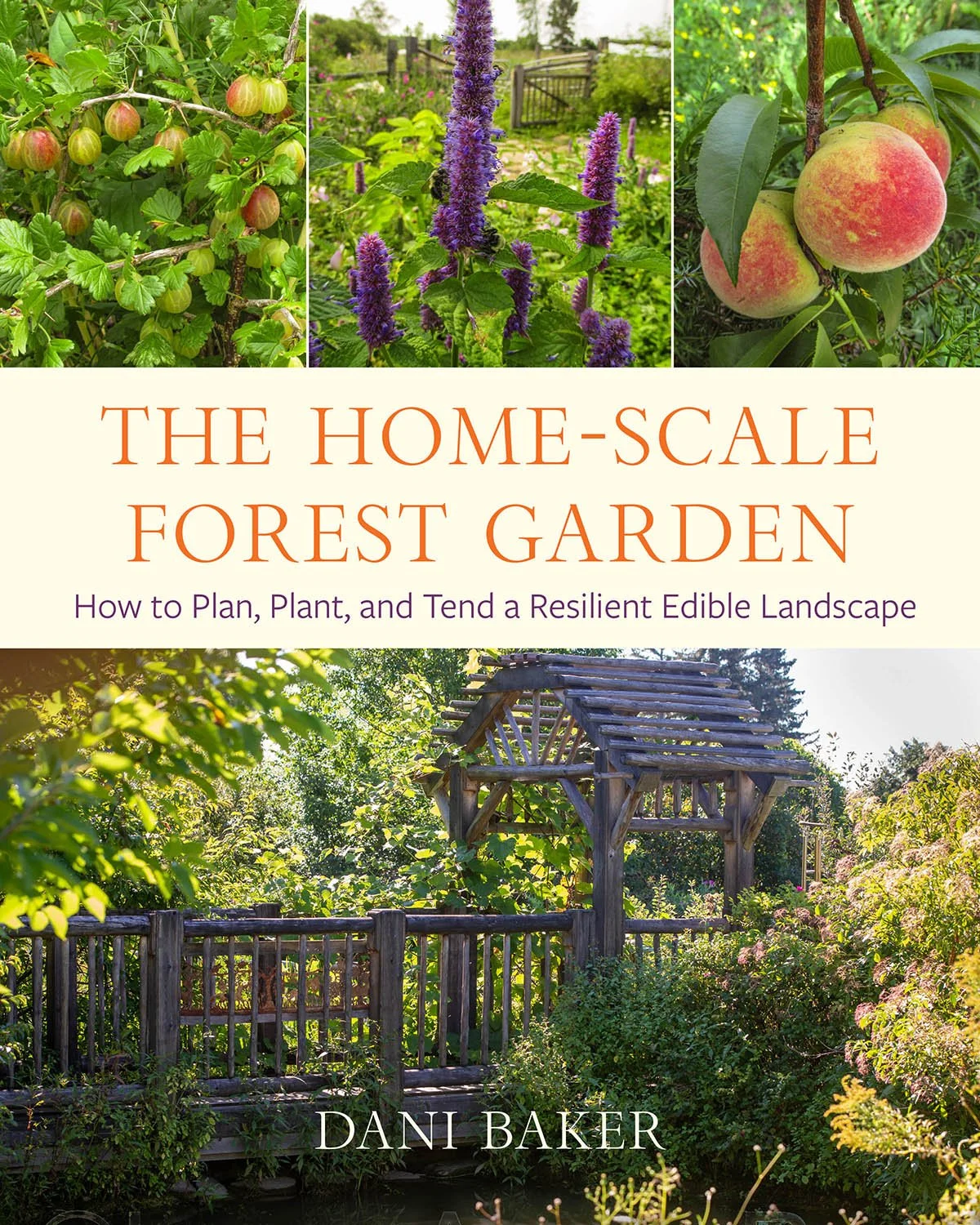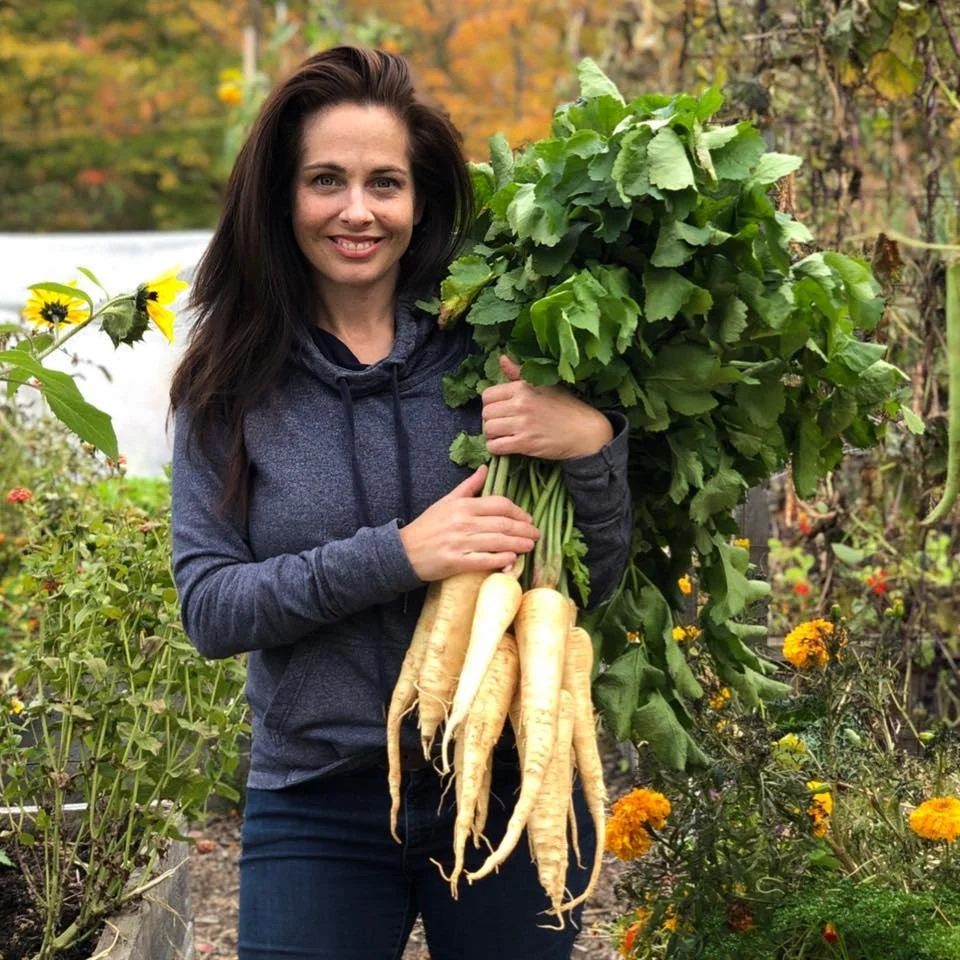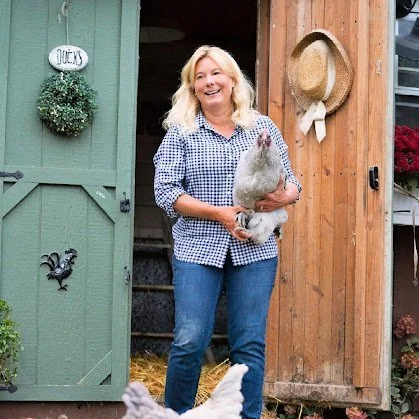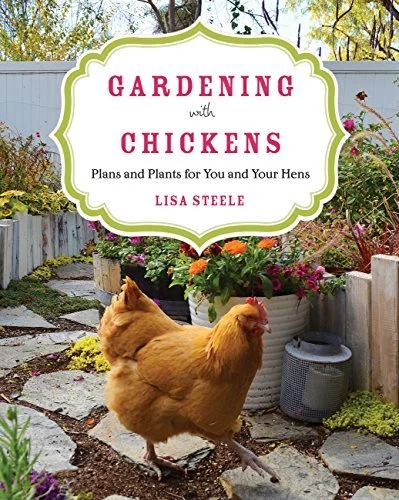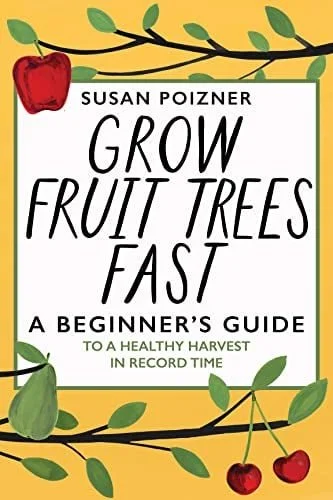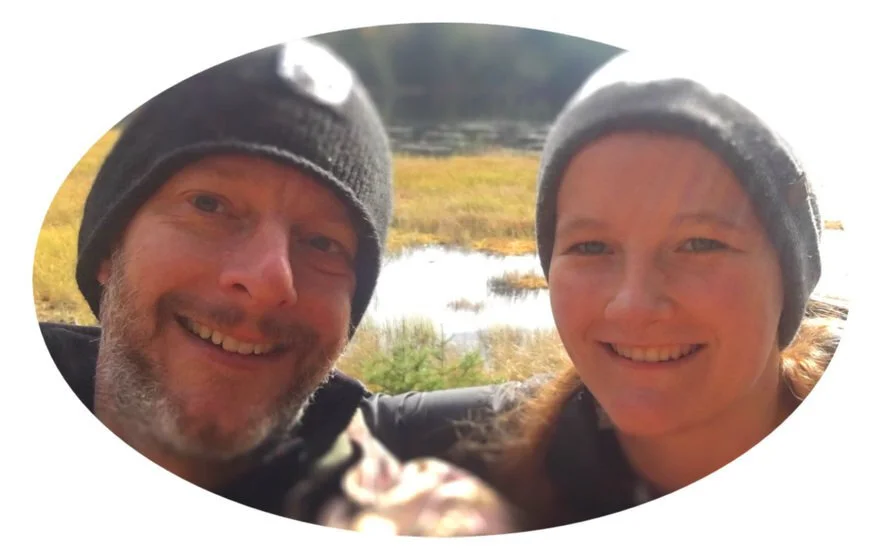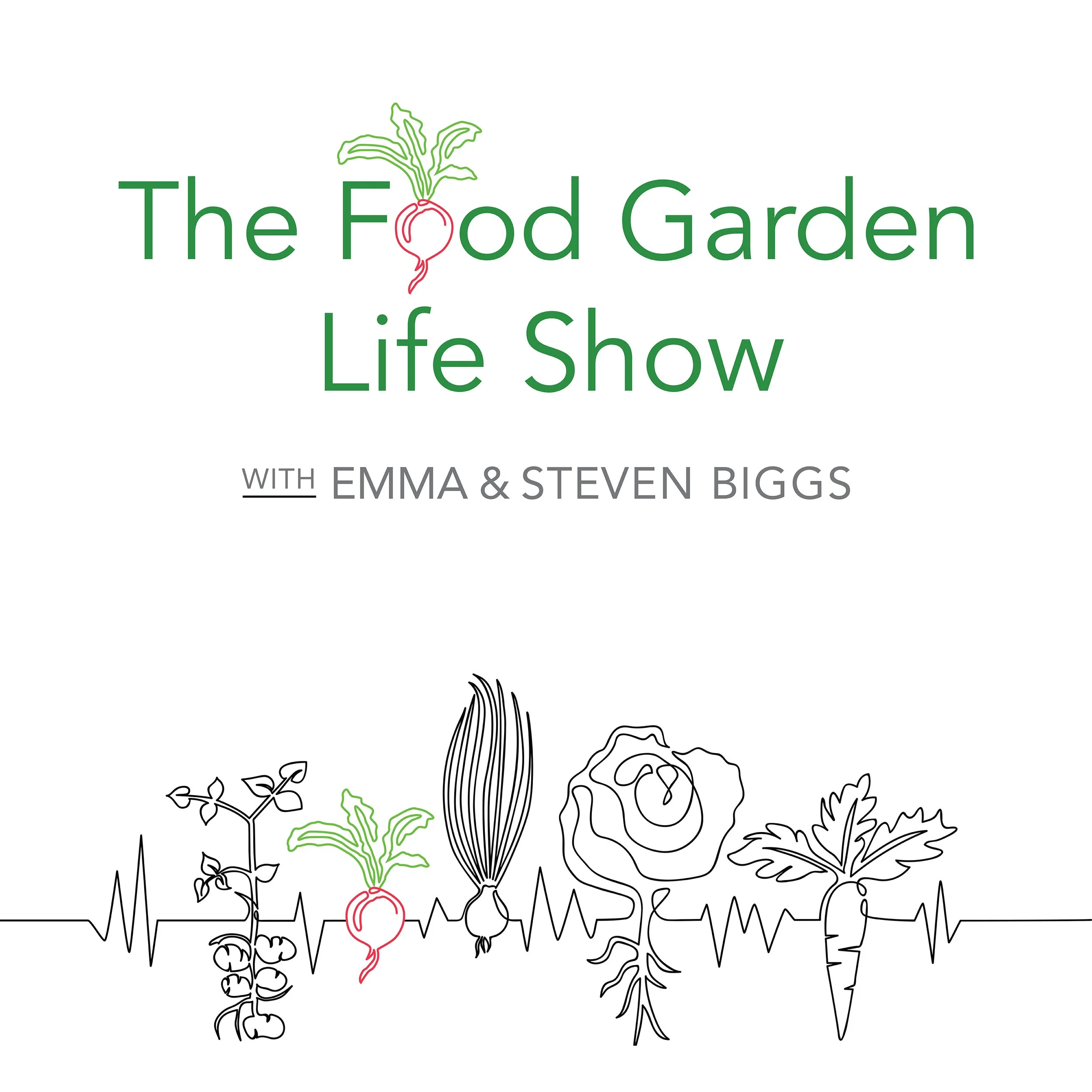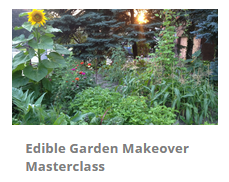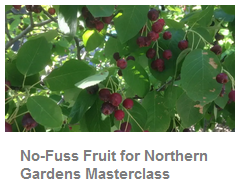Harvest Rainwater for Your Garden and Landscape
Harvesting rainwater with Brad Lancaster.
Rainwater Harvesting and Natural Air Conditioning
Brad Lancaster is a permaculture and regenerative-design consultant and educator. His specialty is sustainable landscapes.
We chat with Brad about using the landscape to harvest rainwater. And about using the landscape as a living air conditioner.
Brad also talks about a very inspiring project that he helped spearhead, a community food forest.
We talk about:
Using permaculture principles in landscaping
How to harvest rainwater in the landscape
The connection between landscapes and cooling
Using the soil and "speed bumps" in the landscape to make it a living sponge
Selecting plants to suit the landscape
The Dunbar Springs Urban Food Forest
Brad is the author of Rainwater Harvesting for Drylands and Beyond.
Equipment for Healthy Soil, Less Toil, Minimal Till (and no more Rototiller!)
Zach Loeks on a versatile piece of equipment for gardens, market gardens, and building edible landscapes: The 2-wheel tractor.
2-Wheel Tractor
We chat with Zach Loeks, an educator and grower who specializes in edible ecosystem design.
He talks about the two-wheel tractor, a versatile piece of equipment that he says can be used by backyard gardeners, homesteaders, edible landscapers, and in community gardens.
(If you’re about to skip this episode because you don’t want more equipment…stay a while. Zach has insights into soil and tillage too.)
In this episode we talk about:
A look at the 2-wheel tractor
How it’s different from a rototiller
How home gardeners, landscapers, and homesteaders can use 2-wheel tractors
What can a 2-wheel tractor do beyond tilling (spoiler alert: they can blow snow and bale hay too!)
Earthworks for swales, berms, and beds on contour
Tillage: minimum till vs. no-till
Zach’s books are:
The Permaculture Market Garden
The Edible Ecosystem Solution
The Two-wheel Tractor Handbook.
This Orchard Doesn't Look Like an Orchard (and it's full of Trios!)
Stefan Sobkowiak talks about how to create a permaculture orchard.
Permaculture Orchard
We chat with orchardist Stefan Sobkowiak who replaced an organic apple orchard with a permaculture orchard at Miracle Farms.
“Imagine an orchard that doesn’t look like an orchard.”
Stefan Sobkowiak at Miracle Farms, a permaculture orchard. (Photo by Myriam Baril Tessier)
We talk about:
Why he prefers a permculture planting to a monoculture organic apple orchard
How can an orchard be a permaculture?
The system of “trios” he uses as a basic design unit
Minimizing external inputs
Using sheep in an orchard
Timelines for establishing a permaculture orchard
Using fruiting shrubs under trees
Planting perennial flowers, herbs, and vegetables underneath fruiting shrubs
When it comes to the idea of permaculture, Sobkowiak says, “It’s just applied common sense.”
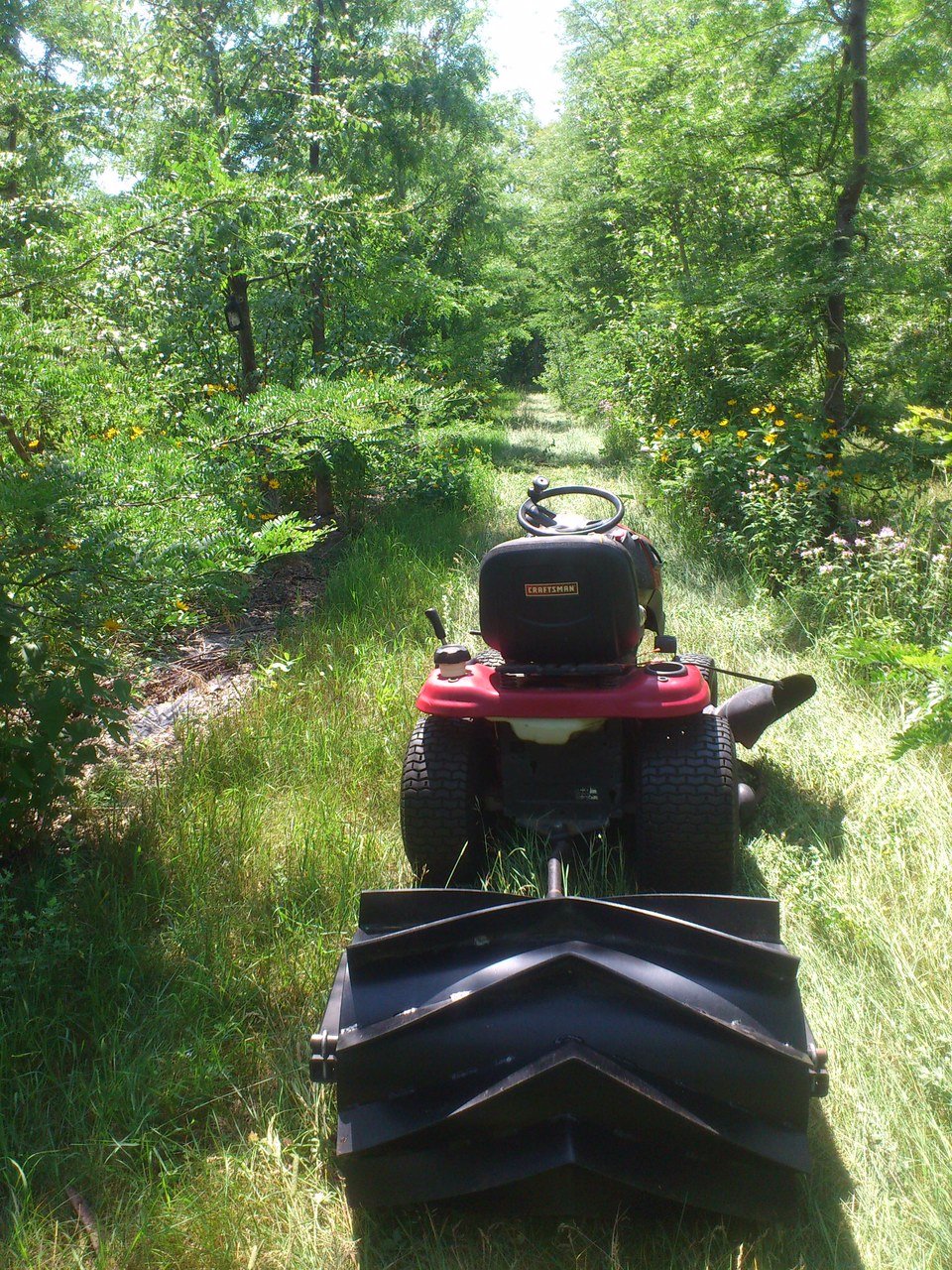
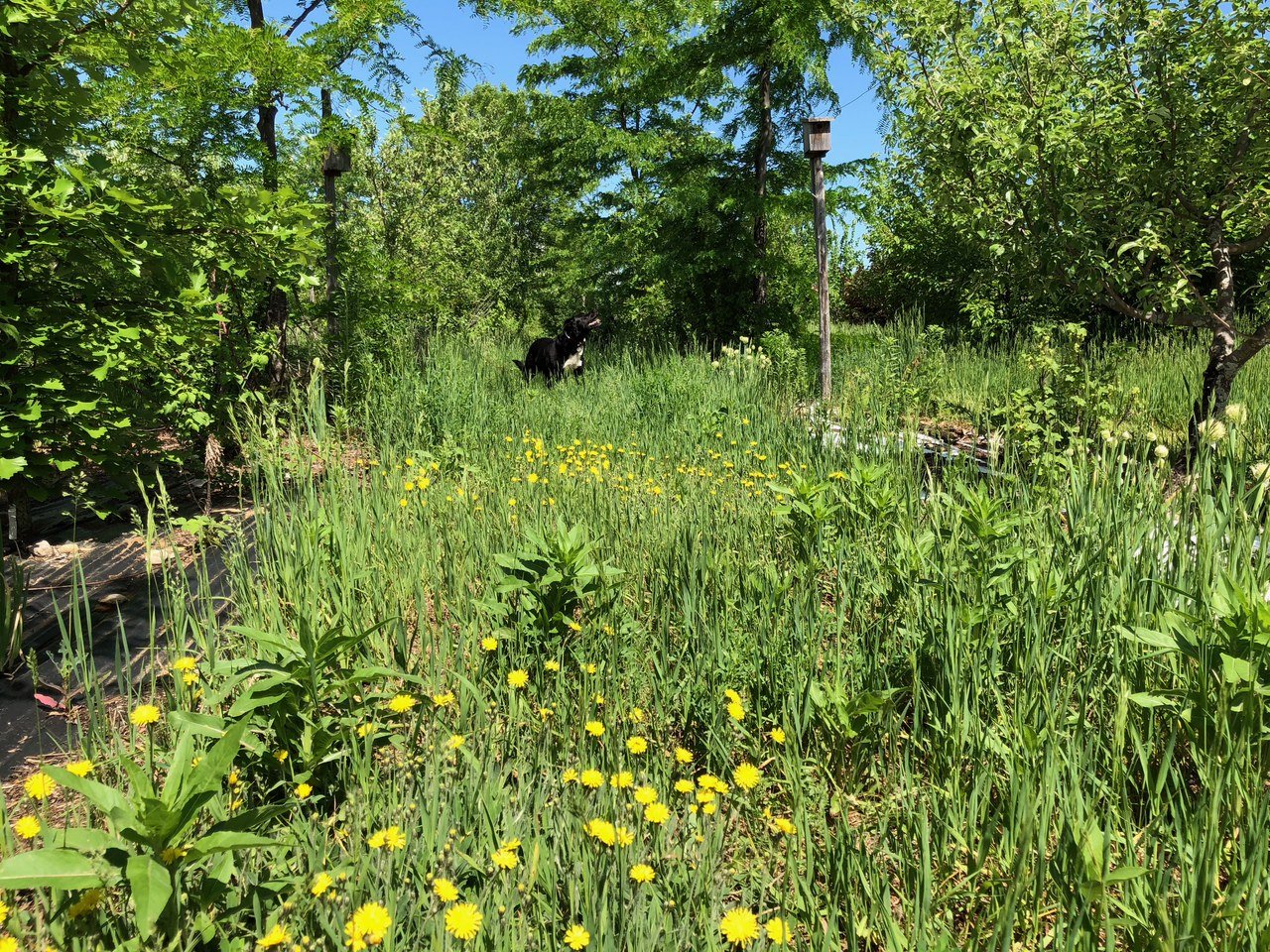
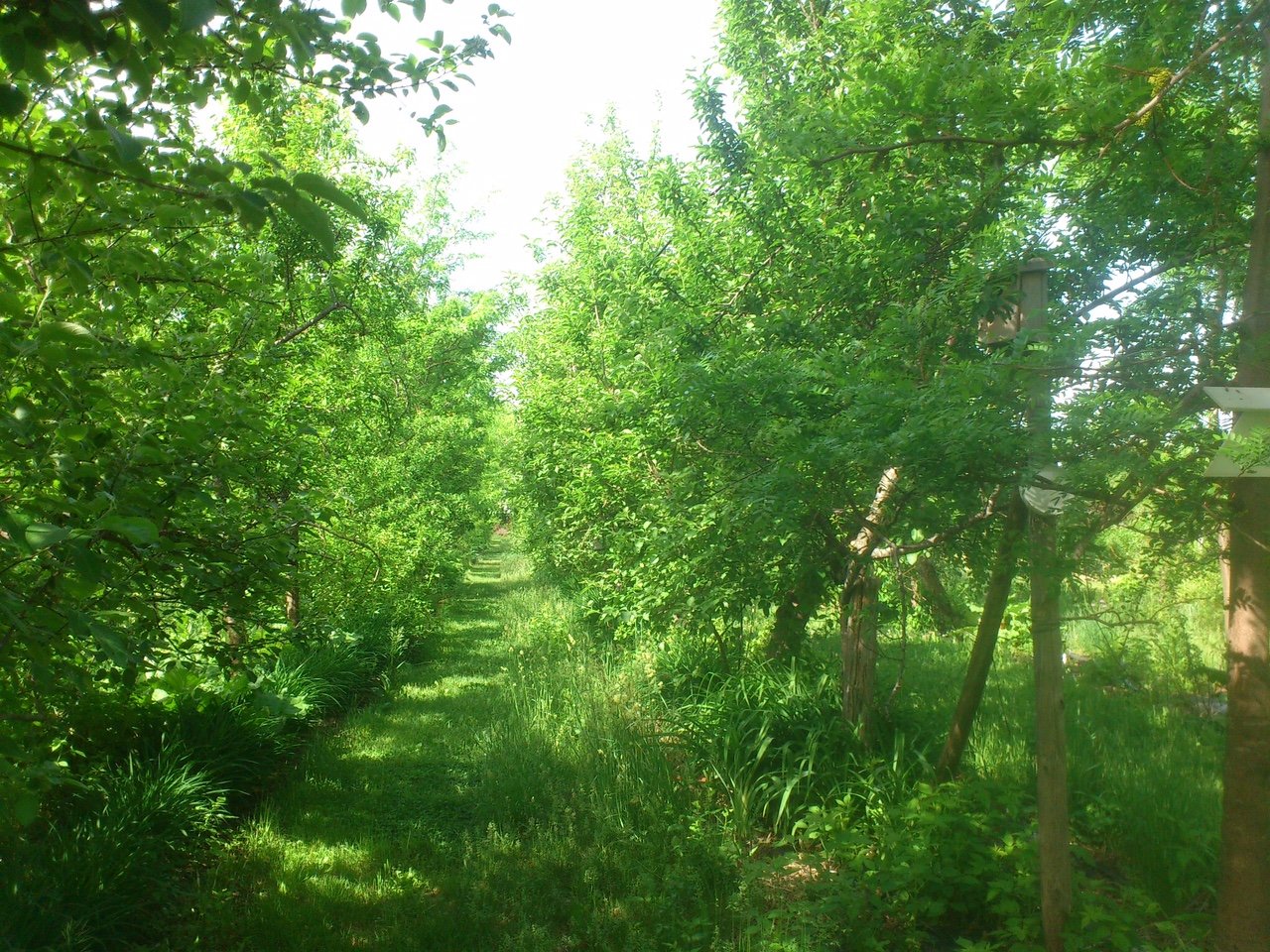
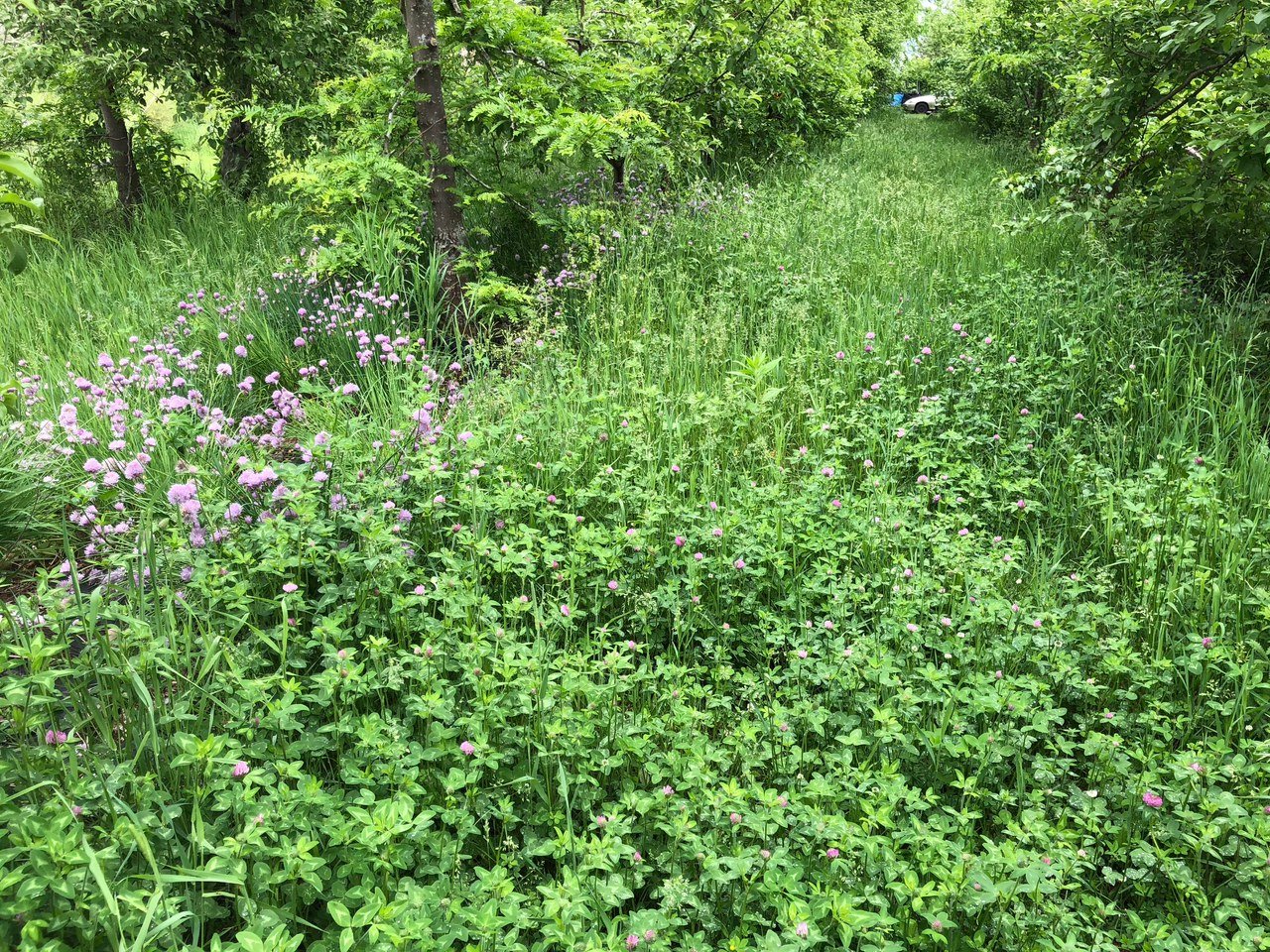
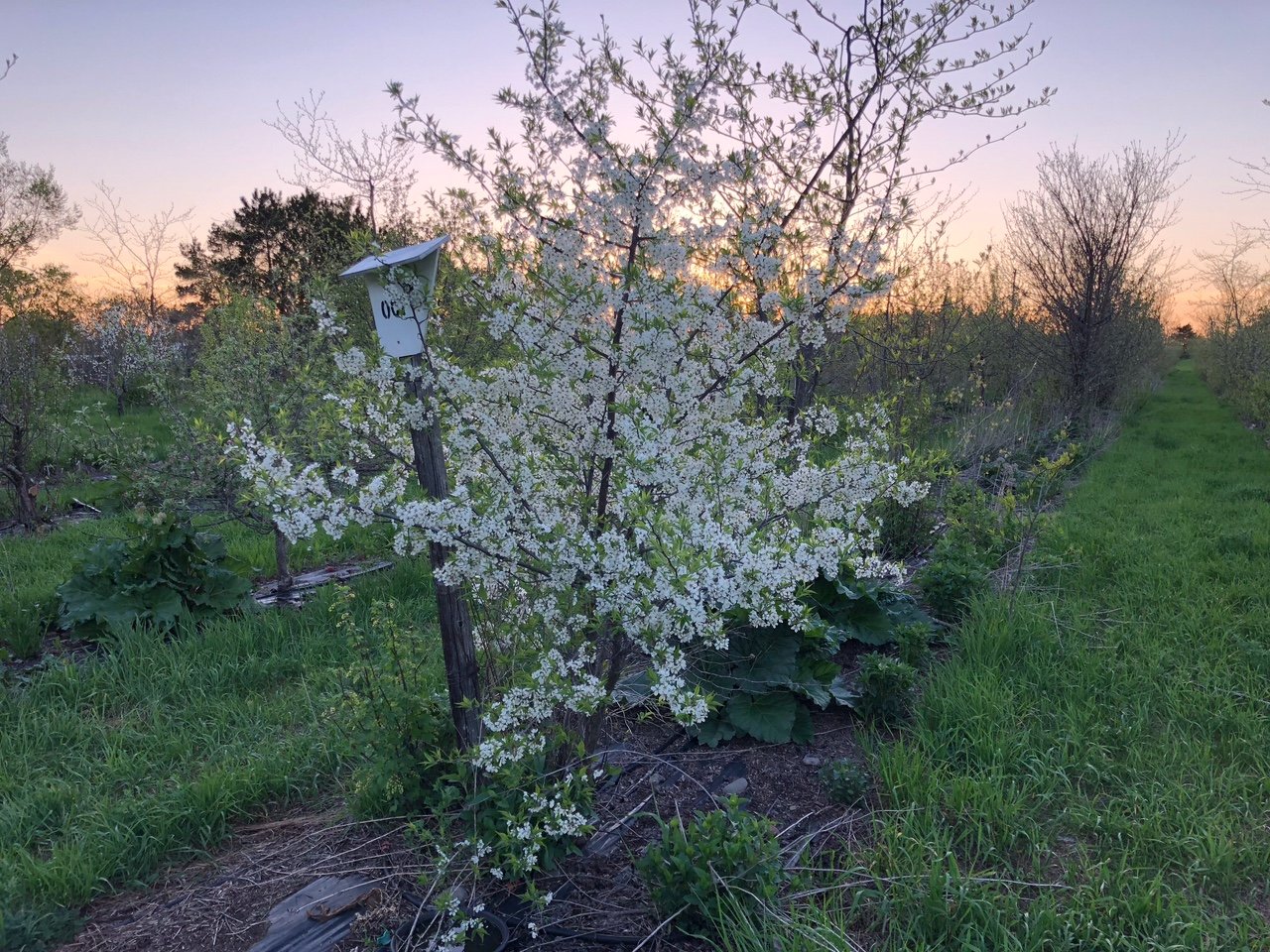
5 Small Fruit Crops: Taste Sea Buckthorn (and Smell the Blue Cheese of Fruit)
Sea buckthorn, highbush cranberry, hardy kiwi, bush cherries, and chokecherry with Laurie Brown from Cultur’Innov.
Talking about how to grow sea buckthorn, highbush cranberry, hardy kiwi, bush cherries, and chokecherry
Specialty Fruit Crops
We continue our chat with agronomist Laurie Brown from Cultur'Innov. She talks about 5 more minor fruit crops, how to grow them, and the opportunities they present for growers.
We talk about:
Sea buckthorn
Highbush cranberry
Hardy kiwi
Bush cherries
Chokecherry
Agroforesty
Tips for growers who want to grow specialty fruit crops
"It's the blue cheese of fruit: Tastes like a cranberry and smells like an old boot!"
Co-operative Model
Cultur'Innov is a co-op focused on lesser-known fruit, nuts, and forest crops such as ginseng and mushrooms. This Quebec multi-stakeholder co-operative has both farmers and employees as members.
Agronomist Laurie Brown from Cultur’Innov
The co-op helps its farmer members with different aspects of production:
Understanding crop opportunities
Setting up for a crop
Growing the crop
Processing opportunities
Want More on Wild Fruit?
Expert Interview
In this episode, we chat with forager Robin Henderson, who forages highbush cranberry, sumac, elderflower, and more!
Berry Supports Theory that the Worse it Tastes, the Healthier it is
Aronia, haskap, and elderberry with Laurie Brown from Cultur’Innov.
Talking about how to grow aronia (chokeberry), elderberry, and haskap (honeyberry)
Aronia, Elderberry, Haskap
One is quite healthy but tastes awful. One is very juicy and suited to processing. And one is suited to eating fresh.
In this episode we look at 3 fruit crops: aronia (a.k.a. chokeberry), elderberry, and haskap (a.k.a. honeyberry).
Agronomist Laurie Brown from Cultur'Innov explains how to grow these minor fruit crops, talks about the opportunities for growers, and tells us where they’re at in terms of commercialization.
Co-operative Model
Cultur'Innov is a co-op focused on lesser-known fruit, nuts, and forest crops such as ginseng and mushrooms. This Quebec multi-stakeholder co-operative has both farmers and employees as members.
Agronomist Laurie Brown from Cultur’Innov
The co-op helps its farmer members with different aspects of production:
Understanding crop opportunities
Setting up for a crop
Growing the crop
Processing opportunities
Want More on Small Fruit?
Expert Interview
In this episode, we chat with apple expert Bob Bors about haskaps and cherries.
Graft Apple Trees at Home: Easily Make the Cut
Grafting apple trees with Steven Edholm. (Yes, Frankentrees!) Getting scion wood, rootstock, grafts for beginners, and using household supplies.
How to Graft an Apple Tree
Steven Edholm is a California homesteader who teaches a wide variety of self-reliance skills.
He is passionate about grafting fruit trees. He's created trees that have over 100 varieties.
In this episode, he explains how to graft apple trees at home.
We talk about:
Reasons to graft apple trees
Apple trees with lots of grafts (Frankentrees!)
Cutting and storing apple scion wood
Apple rootstock
Supplies for apple tree grafting (spoiler alert: what you DON’T need to buy)
Best grafts for beginners
Solving common apple-grafting problems
Steven Edholm’s 11-Part Grafting YouTube Video Series
Connect
Website: skillcult.com
YouTube: @SkillCult
Want More on Growing Apples?
Expert Interview
In this episode, we chat with apple expert Bob Osborne about hardy apples.
Don't Feel Bitter about these Cold-Hardy Citrus
Fragrant cold-hardy citrus. Some you can even eat fresh off the tree. Find out about cold-hardy citrus and methods for growing citrus in cold climates.
Cold-Hardy Citrus with Fragrant Rind and Juicy Flesh
We chat with cold-hardy citrus expert Sam Hubert from One Green World Nursery.
Sam's interest in citrus began when he realized he could grow trifoliate orange in New England.
If you've tried trifoliate orange, you'll know it has true pucker power.
But don't worry!
Sam has lined up a mix of cold-hardy citrus: Along with fragrant and bitter citrus that add complexity to all sorts of recipes, he tells us about some eat-straight-from-the-tree cold-hardy citrus.
We talk about:
Trifoliate orange
Yuzu
Sudachi
Kumquat, and other citrus with kumquat lineage
Ichang lemon
Citrumello
Mandarins
Australian finger limes
Sam also shares tips about different ways to grow and protect citrus in cold climates.
Want More on Citrus?
Here’s an article to get you started with lemons:
Here are a couple of interviews with cold-climate citrus growers:
Covering everything from lemon varieties, to location and watering, to pruning and shaping, to overwintering, dealing with pests, and more—and including insights from fellow citrus enthusiasts—this book will give you the confidence you need to grow and harvest fresh lemons in cold climates.
Grow Quince + Delectable Root Veg Recipes
We talk about growing quince with Joseph Postman; and talk about cooking root vegetables with Jennifer MacKenzie, who shares recipes from her book The Complete Root Cellar Book.
Spoiler alert: Scroll down for recipes!
Growing Quince
Quince expert Joseph Postman joins us to talk about quince. This fragrant fruit is unknown to many in North America, and often relegated to use as a rootstock for pear trees.
Postman is a retired plant pathologist and curator of the USDA National Clonal Germplasm Repository in Corvallis, Oregon, where he helped develop a pear collection with cultivars and species from around the world.
We talk about:
What is quince
How to use quince fruit
The use of quince trees as rootstock for pear trees
Quince varieties
Quince cold hardiness
Quince diseases
Delectable Root Vegetable Recipes
Cookbook author and professional home economist Jennifer MacKenzie joins us to talk about cooking root vegetables and shares recipes from her book The Complete Root Cellar Book.
We talk about:
Shopping for root veg
What to look for if you're planning to store root veg
Spiced roasted turnip and beet batons
Beet and carrot slaw
Root cellar medley soup
Parsnip and pear soup
MacKenzie is the author of 9 cookbooks.
Sous Vide Basics
150 Best Waffle Maker Recipes
The Complete Book of Pickling
The Dehydrator Bible
The Complete Trail Food Cookbook
The Complete Root Cellar Book
Complete Curry Cookbook
Best of Bridge Home Preserving
Recipes from The Complete Root Cellar Book
Parsnip and Pear Soup
From The Complete Root Cellar Book by Steve Maxwell and Jennifer MacKenzie (Robert Rose 2010); used with permission.
The sweet, floral flavor of pears tames the stronger flavor of parsnips in this light and velvety soup.
Makes 4 to 6 servings
1 tbsp (15 mL) vegetable oil
1/2 cup (125 mL) chopped shallots
2 pears, peeled and chopped
1 small all-purpose potato, peeled and chopped
4 cups (1 L) chopped parsnips (6 to 10)
4 cups (1 L) homemade vegetable stock or chicken stock, or reduced-sodium ready-to-use vegetable or chicken broth
1 tbsp (15 mL) white wine vinegar
1 tsp (5 mL) salt, or to taste
1/2 tsp (2 mL) freshly ground black pepper, or to taste
Chopped fresh parsley
1. In a large pot, heat oil over medium heat. Add shallots and sauté for about 3 minutes or until starting to soften. Add pears, potato and parsnips; sauté for 5 minutes or until parsnips start to soften.
2. Add stock and bring to a boil over medium-high heat. Reduce heat to medium-low, cover and simmer for about 20 minutes or until vegetables are very soft.
3. Using an immersion blender in pot or transferring soup in batches to an upright blender, purée until very smooth. Return to pot, if necessary.
4. Add water or more stock to thin to desired consistency. Reheat over medium heat until steaming, stirring often. Stir in vinegar. Season with salt and pepper.
5. Ladle into warmed bowls and serve sprinkled with parsley.
Tips: If your parsnips have tough, woody cores, trim them away when chopping; they’ll cause your soup to be stringy.
To dress up this soup for entertaining, float a spiced pear crisp (see page 138 of the book for the recipe) on each serving.
Spice-Roasted Turnip and Beet Batons
From The Complete Root Cellar Book by Steve Maxwell and Jennifer MacKenzie (Robert Rose 2010); used with permission.
Change up your traditional vegetable side dishes by adding a dash of spice and roasting them instead of boiling, and you’ll think you’re eating an entirely new food.
Makes 4 to 6 servings
Preheat oven to 400F (200C)
Large rimmed baking sheet, lined with foil
Ingredients
3 large turnips (about 1 lb/500 g)
2 large beets (about 1 lb/500 g)
2 tbsp (30 mL) olive oil
1/2 tsp (2 mL) curry powder
1/2 tsp (2 mL) ground cumin
1/2 tsp (2 mL) ground coriander
1/8 tsp (0.5 mL) cayenne pepper
Sea salt and freshly ground black pepper
1. Peel turnips and rinse. Trim off leaf stalks from beets (reserving for another use if desired) and trim off long roots. Peel beets and rinse. Cut turnips and beets lengthwise into sticks about 1/2-inch (1 cm) square.
2. On prepared baking sheet, toss turnips and beets with oil, curry powder, cumin, coriander and cayenne. Season to taste with salt and black pepper. Spread out as much as possible. Bake in preheated oven for about 50 minutes, flipping halfway through, or until vegetables are tender and browned. Season to taste with salt and black pepper. Transfer to a warmed serving dish.
Tip: A sharp Y-shaped vegetable peeler is very helpful when you’re peeling hard root vegetables, such as turnips and beets. If your peeler seems to be dragging the skin rather than neatly peeling it off, it’s probably time to invest in a new one.
More on Quince
Here are more interviews about quince.
More on Root Cellars
Here are more interviews about root Cellars.
Move Over Blueberries: A New Fruit for the Northern Gardener
Bob Bors talks about how to grow haskap, an early and very cold-tolerant fruit.
Bob Bors talks about haskap, a.k.a. honeyberry, a very cold-tolerant fruit
Haskap is a Fruit for Northern Gardens
In this replay of a 2019 interview, we chat with Bob Bors, head of the fruit breeding program at the University of Saskatchewan.
We talk about:
Breeding haskap (a.k.a. honeyberry) fruit
Cold-tolerance of haskap
How to care for haskap
How to prune haskap
Cold-tolerant cherry varieties from University of Saskatchewan
Growing Fruit in Northern Gardens
Bors is also the co-author of an excellent book: Growing Fruit in Northern Gardens. The book is not currently in print—but it’s well worth hunting for a used copy.
Reviving a Forgotten Fruit...by Planting an Orchard!
Jane Steward, author of Medlars – Growing & Cooking, talks about how to grow medlar, how to cook medlar — and shares some fascinating medlar history.
How to Grow and Cook Medlar
Author and medlar expert Jane Steward from Eastgate Larder talks about how to grow and cook medlar.
Jane Steward, author of Medlars – Growing & Cooking, talks about how to grow medlar, how to cook medlar, and shares some fascinating medlar facts. (Find out how medlar wood was used in Dutch windmills!)
Steward planted a medlar orchard, holds the UK National Collection of medlars, and runs Eastgate Larder—a food business where she processes medlar.
We talk about:
How to grow medlar (Mespilus germanica)
How to cook medlar
Steward’s journey into planting a medlar orchard and starting a food-processing business
How to “blet” medlar
Medlar rootstock
Medlar fruit in Turkey and around the Caspian Sea
(Spoiler alert: we also hear about medlar gin and a delicious medlar chutney)
“If you want to have medlars in your life you really need to have a tree!”
Connect
Eastgate Larder: eastgatelarder.co.uk
Find the book at Prospect Books, or online at Amazon.
Want More on Medlar?
Interested in Lesser-Known Fruit?
Meet Canada's Grape
Daniel Speck from Henry of Pelham winery talks about how to grow grapes, European wine grapes, North American labrusca grapes—and hybrid grapes.
Growing Grapes and Making Wine in Niagara
Daniel Speck from Henry of Pelham winery talks about growing grapes, wine, and different types of wine grapes.
Daniel Speck from Henry of Pelham winery talks about growing grapes, wine, and different types of wine grapes.
We talk about:
What makes Niagara an excellent grape-growing region
Grape vine care
Vinifera grapes, labrusca grapes, and hybrid grapes
The history of the Henry of Pelham
Baco Noir and Pinot Noir grapes
Food pairings for Baco Noir wine
“Baco is Canada’s Grape!”
Matthew, Paul, and Daniel Speck
Connect
Henry of Pelham Winery: henryofpelham.com
Want More Interesting Drink Ideas?
If this episode got you thinking about fun drinks to serve over the holidays, tune in to the episode entitled, Garlic-Infused Vodka and a Cricket Rodeo, where Peter McClusky from the Toronto Garlic Festival tells us about garlic-infused vodka.
Interested in Growing Fruit?
Check out these articles about growing fruit in cold climates.
Apricots in Alaska!
Mark Wolbers, president of the Alaska Pioneer Fruit Growers Association, talks about growing fruit north of 60.
Grow Fruit North of 60
Mark Wolbers, president of the Alaska Pioneer Fruit Growers Association, talks about growing fruit north of 60.
Mark Wolbers, president of the Alaska Pioneer Fruit Growers Association, talks about growing fruit north of 60.
We talk about:
The range of fruit that grows in Alaska
The growing conditions in different parts of Alaska
Using greenhouses and high tunnels
The gardening culture in Alaska
The advantages of growing in a northern area
Opportunities for monetization
A greenhouse-winery!
“Snow is our friend!”
Connect
Alaska Pioneer Fruit Growers Association: apfga.org
Want More on Growing Food in the North?
Tune in to hear Suzanne Crocker from Dawson City talk about eating locally for a whole year in the episode No Groceries North of 60.
How to Prune Fruit Trees + Apple Tasting 101
Susan Poizner talks about how to have your own apple-tasting event, and explains how to prune fruit trees.
Discover the Next Great Apple
Susan Poizner from Orchard People talks about how to have your own apple-tasting event, and explains how to prune fruit trees.
Susan Poizner, founder of Ben Nobleman Community Orchard in Toronto, talks about the upcoming apple-tasting fundraiser event for the orchard. Poizner is a college instructor, author of Grow Fruit Trees Fast and Growing Urban Orchards, and the founder of Orchard People.
At the virtual apple tasting, participants are guided through characteristics such as:
Smell
Flavour
Texture
The apples in the tasting were bred in Ontario — and have not yet been released.
An apple tasting event is something you can do yourself! Poizner shares tips on how to host your own apple-tasting event.
Pruning Fruit Trees
We also talk about how to prune fruit trees:
Why prune fruit trees
How to prune fruit trees
Winter vs. summer pruning
Water sprouts
When to cut off healthy branches
Whip cuts
Connect
Orchard People: orchardpeople.com
Ben Nobleman Community Orchard: communityorchard.ca
Want More on Growing Fruit?
Potted Lemons for Cold-Climate Gardens
Steven Biggs talks about why lemon trees are a good plant to start with if you’re thinking of growing citrus in a cold climate.
Why Lemons are a Good Citrus Plant to Start With
Steven explains why lemons are his top citrus choice for cold climates.
Steven explains why lemons are his top citrus choice for cold climates.
He talks about:
How cold lemon trees can get
How cold the fruit can get
Fruiting and flowering
Using lemon leaves in the kitchen
How big potted lemon plants will get
His favourite lemon for growing in a pot in cold climates
Want to Learn More about Lemons?
Book About Growing Lemons in Cold Climates
Ever wondered about how to grow a lemon tree in a pot? Or in the ground if you’re in a borderline hardiness zone?
This book explains how to grow a lemon in a pot and enjoy your own homegrown lemons.
Attractive Food Gardens, Scrappy Plants, and Outreach
Adina Oosterwijk, the Community Greening Officer at the Royal Botanic Garden in Sydney, Australia talks about community outreach and home food gardens that are productive and aesthetically pleasing.
Connecting Gardens, People, and Food
Adina Oosterwijk, the Community Greening Officer at the Royal Botanic Garden in Sydney, Australia talks about community outreach and making attractive home food gardens.
We chat with Adina Oosterwijk, the Community Greening Officer at the Royal Botanic Garden in Sydney, Australia.
We talk about:
The Royal Botanic Garden in Sydney, which has three different sites that each have different growing conditions and plant collections
Home food gardens that are productive and aesthetically pleasing
Garden outreach to vulnerable communities
Scrappy plants for tough growing conditions
A tomato festival
Home-Scale Forest Garden
Dani Baker, author of The Home-Scale Forest Garden, talks about planning, planting, and caring for a forest garden.
Making an Edible Landscape with a Forest Garden
Dani Baker, author of The Home-Scale Forest Garden, talks about planning, planting, and caring for a forest garden.
We chat with author and market gardener Dani Baker about forest gardening.
Baker has created a forest garden on her USDA Zone 4 farm. She shares her tips for making a forest garden, whether it’s an acre or just a few square feet.
We talk about:
Permaculture principles
Creating microclimates
Grouping plants in layers
Understanding your space
Matching plants to conditions
What you can do at this time of year to get started
Her new book is The Home-Scale Forest Garden: How to Plan, Plant, and Tend a Resilient Edible Landscape.
Scenes from Dani Baker’s Forest Garden
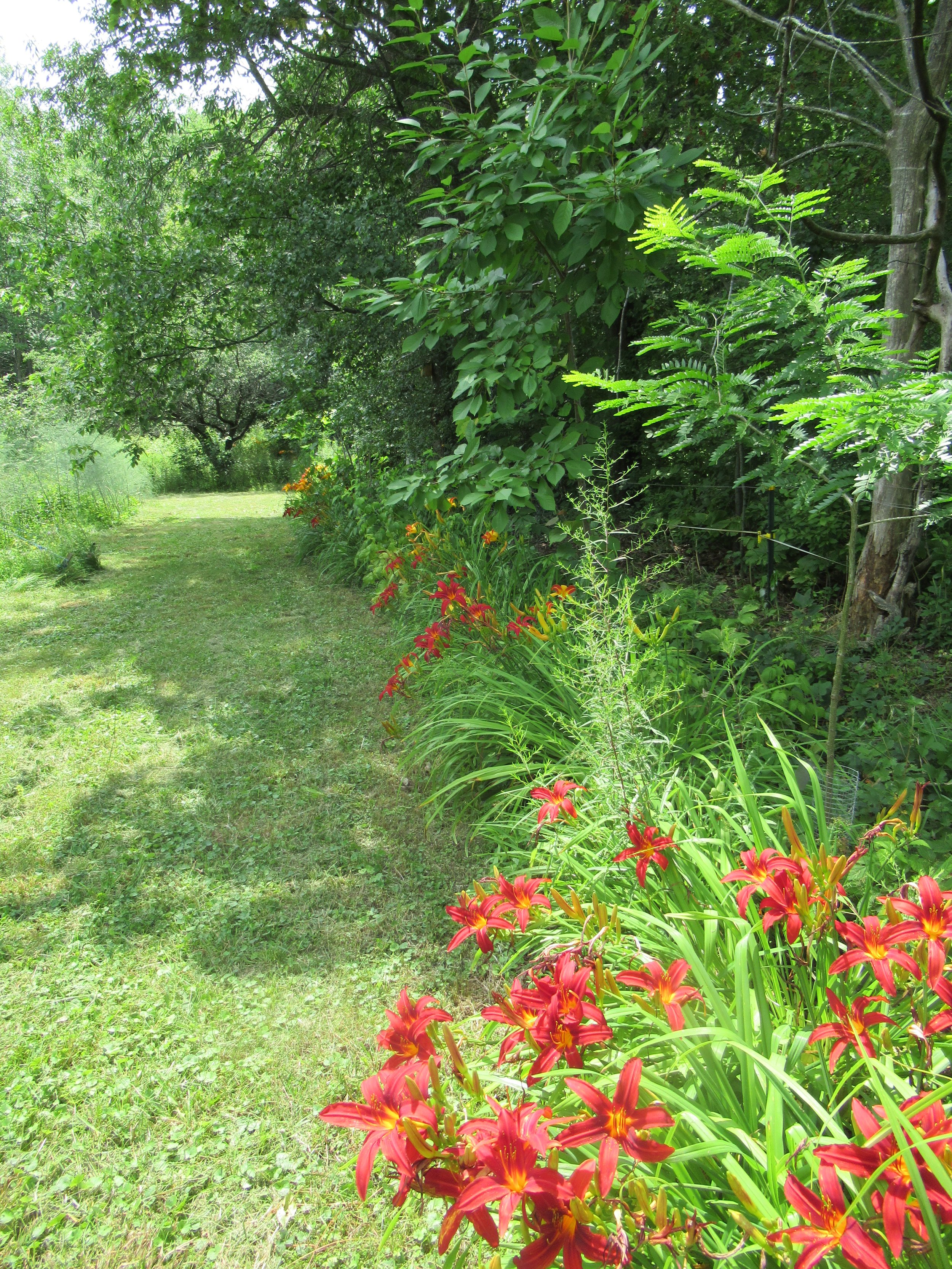

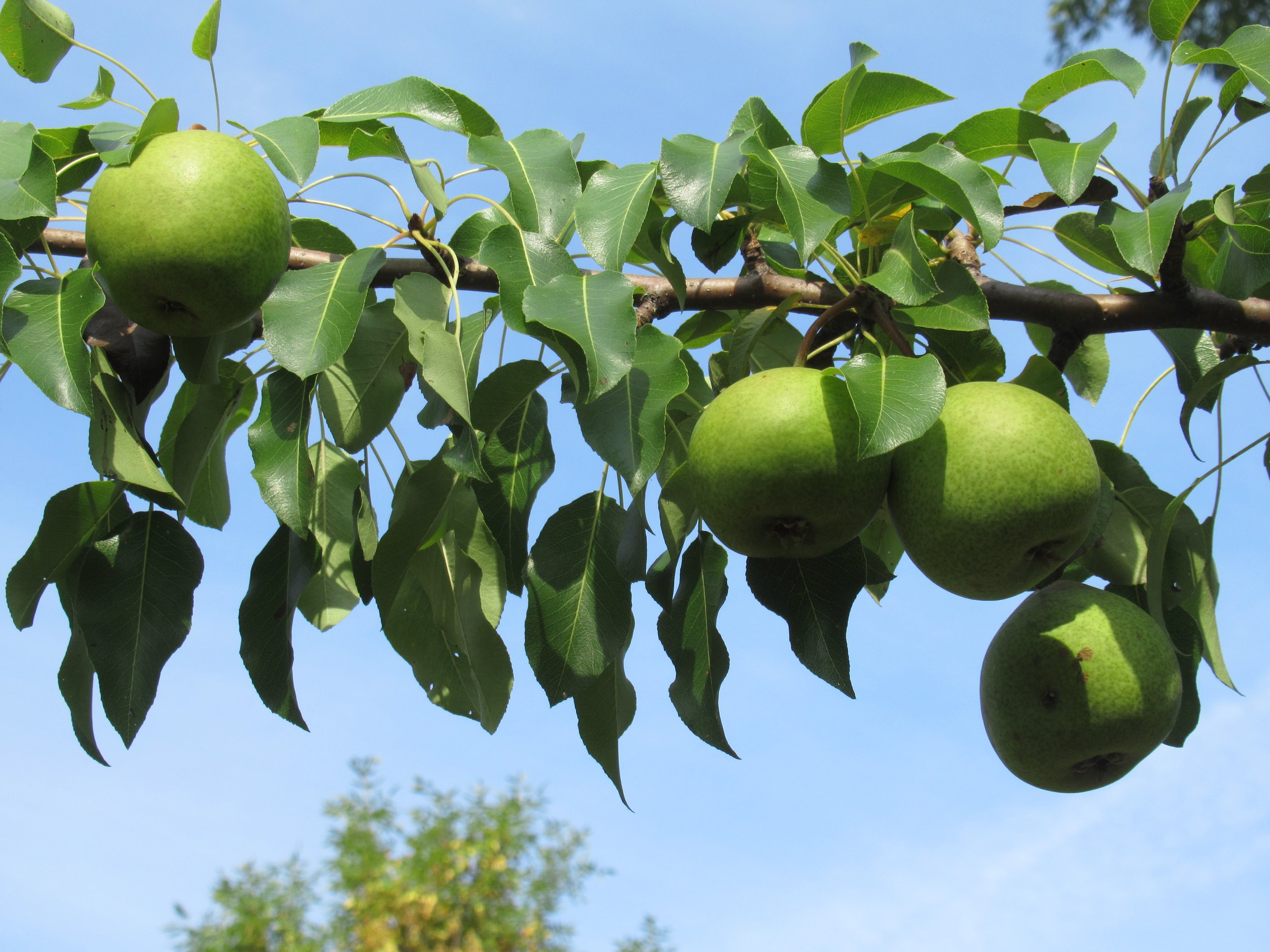
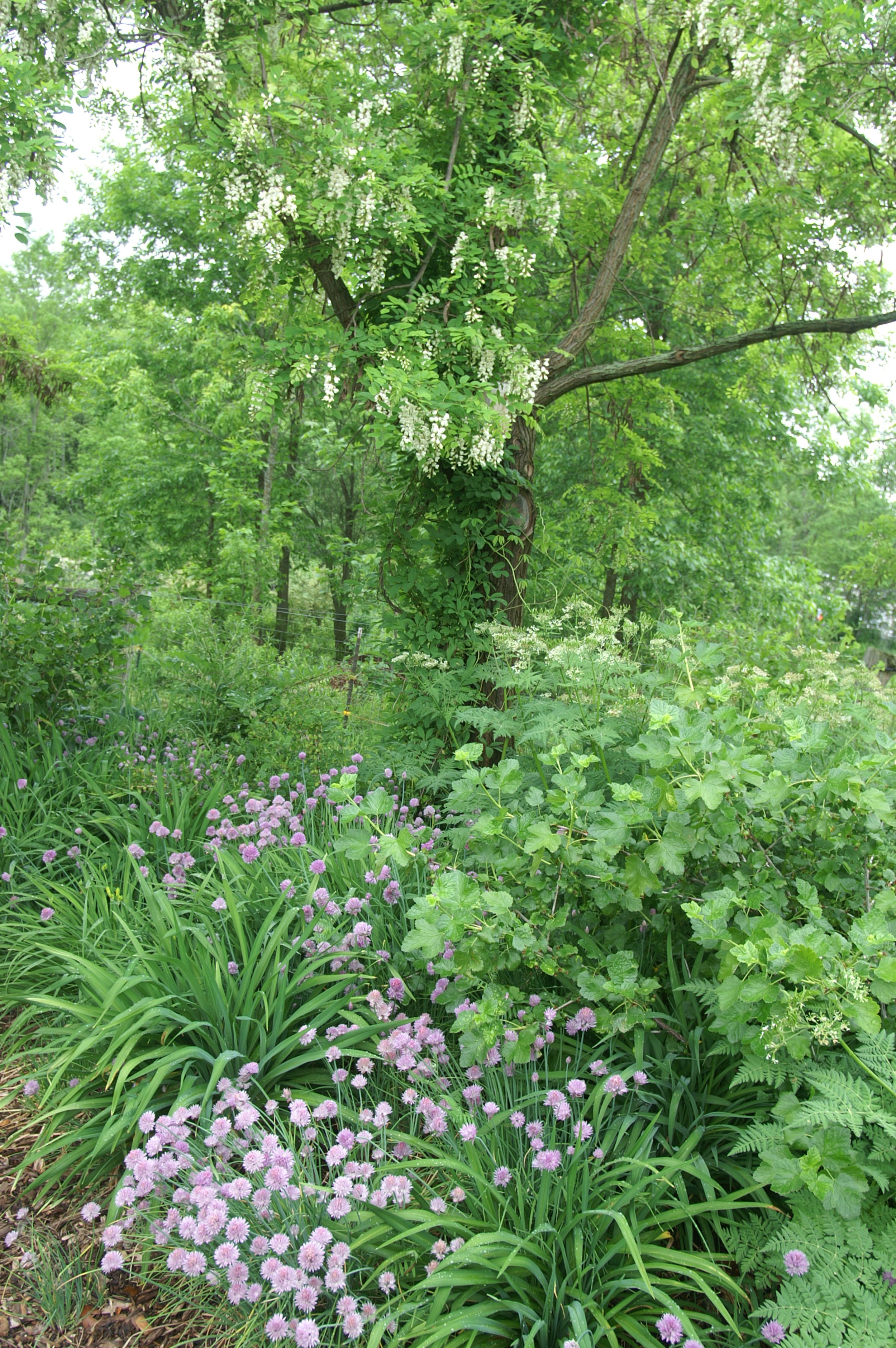
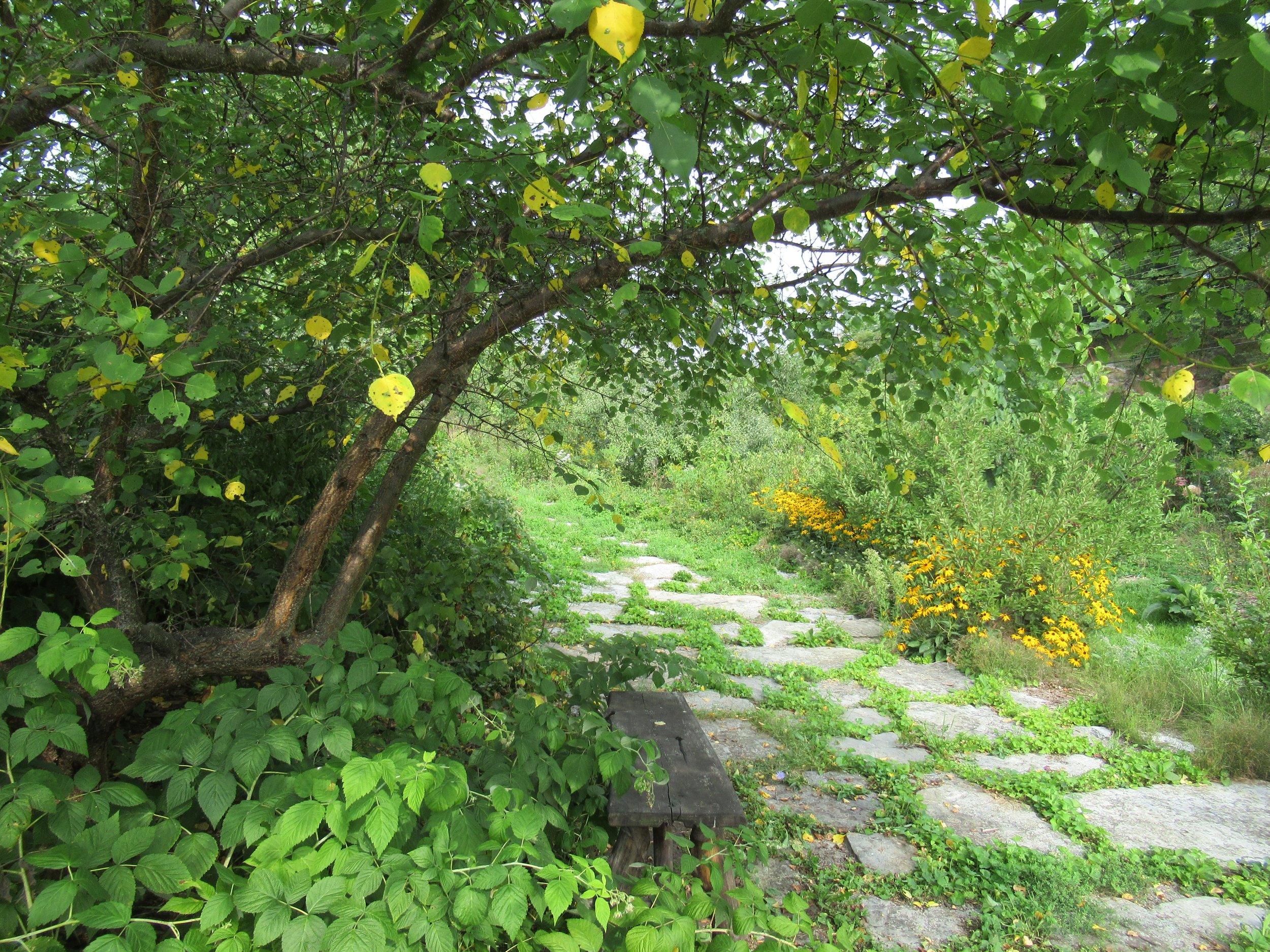


Summer in the Vegetable Garden and Hardy Apples
In this episode: Summer vegetable garden succession crops, growing in pots, and tomato support with Niki Jabbour; and hardy apples and growing apples in cold climates with Bob Osborne.
Talking about summer in the vegetable garden with Niki Jabbour.
Summer Vegetable Garden
In the first part of the show, we chat with vegetable gardening expert Niki Jabbour.
She shares tips about:
Summer vegetable garden succession crops
Growing vegetables in pots
Supporting tomato plants
Managing slugs
Jabbour is an award-winning author of four books: The Year Round Vegetable Gardener, Groundbreaking Food Gardens, Veggie Garden Remix, and Growing Under Cover. As well as hosting and producing The Weekend Gardener radio show, she is a CBC radio columnist. Her award-winning website is savvygardening.com.
Hardy Apples
In the second part of the show we talk about hardy apples with Bob Osborne.
He tells us about:
Choosing a location for apple trees
Apple rootstock
Tips for growing apples in cold climates
Apple varieties
Cider apple varieties
Osborne has over 40 years experience propagating and selling apples. He runs Corn Hill Nursery in New Brunswick, is a CBC radio columnist, and the author of the book Hardy Apples: Growing Apples in Cold Climates.
Cold-Hardy Fruit and Nuts, Gardens for Native Pollinators
In this episode: Cold-hardy fruit with Allyson Levy and Scott Serrano and gardening for native pollinators with Sheila Colla and Lorraine Johnson.
Talking about cold-hardy fruits and nuts and native pollinators.
Cold-Hardy Fruit and Nuts
In the first part of the show, we chat with veteran fruit growers Allyson Levy and Scott Serrano, founders of Hortus Arboretum and Botanical Gardens.
Their focus is cold-hardy fruit and nuts with good disease resistance and minimal pest problems — plants suited to home gardens and landscapes.
They tell us about:
Medlar
Mulberry
Himalayan Chocolate Berry
Honeyberry (a.k.a. Haskap)
Hazelnut
Their new book is Cold-Hardy Fruits and Nuts: 50 Easy-to-Grow Plants for the Organic Home Garden or Landscape.
Creating Habitat for Native Pollinators
In the second part of the show we talk about native bees and how we can support them in our gardens, with bumblebee researcher Sheila Colla and native plant expert Lorraine Johnson.
They tell us about:
Gardening as a way to support native bee species
How honeybees can impact native bee populations
The disappearance of the rusty patched bumblebee in Ontario
Their new book is A Garden for the Rusty-Patched Bumblebee: Creating Habitat for Native Pollinators.
Gardening with Chickens, Grow Fruit Trees
In this episode: Chickens in the garden with Lisa Steele, and growing fruit trees with Susan Poizner.
Author and chicken expert Lisa Steele talks about chickens in the garden.
Gardening with Chickens
In the first part of the show, we chat with chicken expert and author Lisa Steele.
Steele is a Maine Master Gardener and 5th generation chicken keeper.
In this episode, she tells us about:
Integrating chickens into the garden
What to grow for chickens
What to avoid growing
The pecking order, and how to deal with it
Using chicken manure in the garden
Using eggshells and cycling them back into the garden
Lisa Steele’s book Gardening with Chickens.
Grow Fruit Trees Fast
In the second half of the show, we chat with fruit tree expert Susan Poizner, founder of Orchard People.
Poizner is the host of The Urban Forestry Radio Show, a college instructor, and the author of the award-winning book Growing Urban Orchards.
In this episode, she tells us about:
What to do with fruit trees in the spring
Shopping for fruit trees
Pruning fruit trees
Common problems first-time fruit tree growers often face
The community orchard she helped found in Toronto
Looking for more tips about growing fruit trees? Poizner’s latest book is Grow Fruit Trees Fast.
Ornamental Edibles, Hort Therapy, Kids Gardening
Talking about gardening in wind, horticultural therapy, ornamental edibles, and gardening with children with Charlie Dobbin and Perla Sofia Curbelo.
Charlie Dobbin and Perla Sofia Curbelo join us to talk about ornamental edibles, gardening in wind, horticultural therapy, and gardening with kids.
Today we talk about wind tunnels, horticultural therapy, landscaping with edibles, and gardening with kids.
Our guests today are professional garden educators who have an infectious love of gardening.
We start in Prince Edward County in Ontario, chatting with consultant and horticulturist Charlie Dobbin about using edible plants in ornamental gardens, gardening in windy areas, and birds in the garden.
Then we head to Puerto Rico to chat with Perla Sofia Curbelo about horticultural therapy, gardening and wellness – and about gardening with kids!



